Avant Garde Meaning in Art and How Does It Relate to Impressionism and Post Impressionism
Advanced in London
by Sofia Reyes
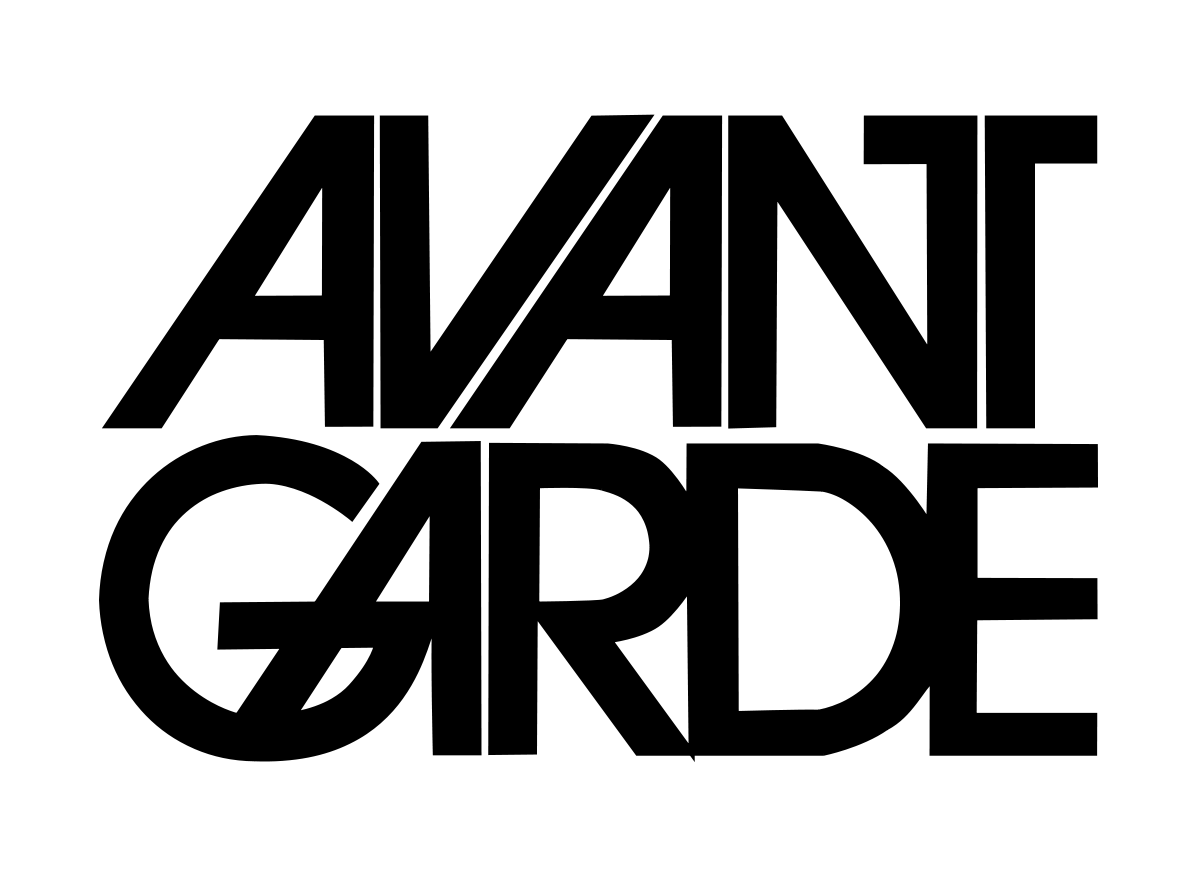
Abstract
The aim of this project is to inform readers nigh the art, especially Avant-Garde. Art has been a big function of my life since half-dozen years old when I started taking art classes. I have always like to express myself in Art. However, with all my background in art, I never fully understood what this blazon of art meant. This project is for everyone who wants to acquire more than about art, from novices that accept never encountered art in their lives to experts that have been painting all their lives but never fully understood this concept of fine art. My goal was for the readers to understand what Avant-Garde is and who are some of the most famous artists in this movements. At the end, I provided a guide to Advanced fine art examples in London. Many of these works are within famous art galleries such as National Fine art Gallery and Tate Mod. Some pieces are actually famous works of art while some pieces may go unnoticed however, they all impacted the globe by being Avant-Garde. The guide includes four galleries in this urban center. I considered this to exist the top places to observe avant-garde. My contribution to this guide was my opinion towards each magnificent gallery and pictures I took in each gallery.
Contents
- 1 Avant-Garde in London
- one.one Abstract
- 1.2 Introduction
- ane.3 History
- ane.3.1 The Kickoff
- 1.3.2 The Movements and Protagonists
- 1.three.two.1 Impressionism
- 1.3.3 Mail service-Modernism
- 2 Guide to Avant-Garde in London
- 2.i Artists of the Past
- 2.1.1 The National Gallery
- 2.1.1.1 Room 41
- 2.1.i.2 Room 43
- 2.1.1.3 Room 44
- 2.ane.two Tate Modern
- two.1.two.one Niggling Dancer Anile Fourteen
- 2.1.2.two Degas
- 2.1.2.three Bottle of Vieux Marc, Glass, Guitar and Newspaper
- 2.1.2.iv Pablo Picasso
- 2.1.2.5 Fountain
- 2.1.2.vi Duchamp
- 2.1.1 The National Gallery
- 2.2 Galleries from the Present
- two.two.one Serpentine Galleries
- 2.two.1.1 Seasonal Shows
- 2.2.one.2 Pavillion
- 2.two.2 Unit of measurement London
- two.two.one Serpentine Galleries
- 2.i Artists of the Past
- 3 Determination
- 4 References
- 5 External Links
Introduction
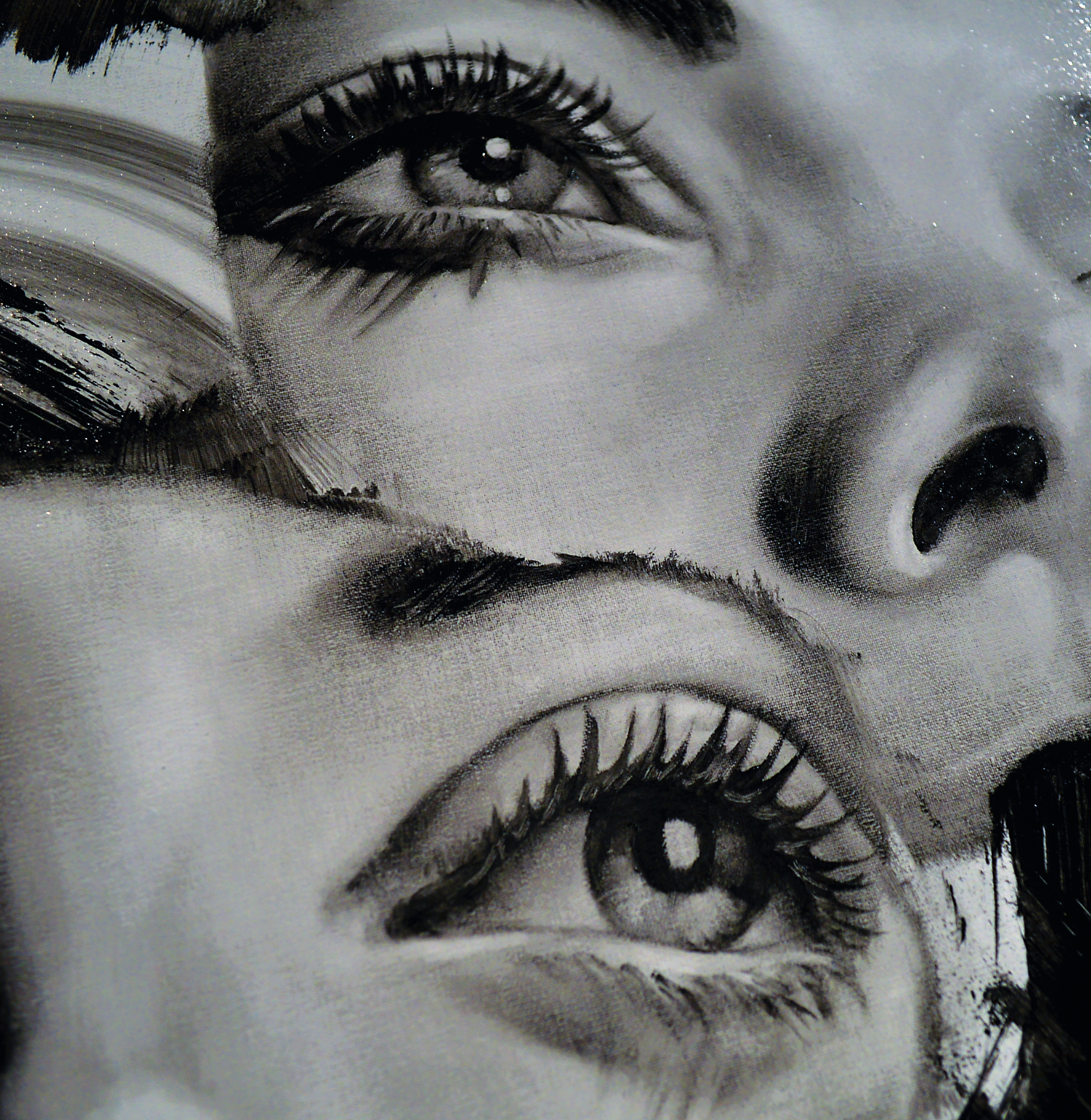
Avant-Garde means accelerate guard or Vanguard. In the armed services, they're the ones out forepart. They are usually small groups of particularly bold and attentive soldiers that see what's alee, explore the terrain and seek out enemy soldiers. But what does information technology mean in fine art? In this milestone, I wrote about what is Avant-Garde, its history and some very prominent artists that have been considered Avant-Gardists. As my deliverable, I created a Guide to Avant-Garde in London. In this guide, I provide many examples of works of art that the Avant-Gardists that I mentioned before. In addition, I as well included two galleries that show more than recent artists using this style.
In fine art, the term 'Advanced' denotes artists that open up new and unexplored territory in their works and actions. The 'Avant-Gardists' are able to impact society with their ideas through the various painting that they create. "At the center of exhibitions and the most the unparallel energy of the international 'Advanced' on the threshold of the new century." [i] Artists inside Avant-garde are probably the best-known artists in history; Monet, Picasso, Van Gogh and much more. From Impressionism and Postal service-Impressionism in London and Paris to Constructivism in Russian federation and with individual artists such as Edvard Munch and Marcel Duchamp, Avant-Gardists take left an impression in the world. [ane]
History
As mentioned above Avant-Garde is the movement in the 19th-century and 20th-century that was recognized past artists who didn't follow tradition. Many of the world'due south almost prominent artists are considered Advanced, but when and where did this term arise from?
The Kickoff
The term Avant-garde was beginning used in fine art by Henri de Saint-Simon, a Socialist. Equally the art historian Donald Egbert said, "It has never previously been pointed out, I believe, that the figurative employ of the discussion Avant-Garde to denote radically progressive leaders of both art and society." [2] Saint-Simon was a French Utopian Socialist and predecessor of Karl Marx. [3] In Egbert's newspaper, The Idea of Avant-Garde in Art and Politics, he explains how Saint-Simon believed that artists were best fitted to change the lodge and how in his book, Opinions littéraires, philosophiques et industrielles, he said:
-
-
-
-
-
- It is we, artists who will serve you equally an Avant-Garde, the ability of the arts is, in fact, most immediate and most rapid: when
- we wish to spread new ideas among men, we inscribe them on marble or canvas. What a magnificent destiny
- for the arts is that of exercising a positive power over society, a true priestly role and of
- marching in the van [i.e. vanguard] of all the intellectual faculties! [4]
- for the arts is that of exercising a positive power over society, a true priestly role and of
- we wish to spread new ideas among men, we inscribe them on marble or canvas. What a magnificent destiny
- It is we, artists who will serve you equally an Avant-Garde, the ability of the arts is, in fact, most immediate and most rapid: when
-
-
-
-
In this simple quote, Saint-Simon talks about the power art, in full general, has and how Avant-Garde plays a very important office in the world of art. Art has been a method of communication of ideas, ideas that artists want to spread and that is why it has power. Advanced is a blazon of art that spreads new ideas that are going to change gild and being in this movement is a smart choice. The fundamental word in this quote is new, as information technology is what defines artists in this movement and fifty-fifty though many artists don't follow or believe in Saint-Simon's beliefs of Socialism, they nevertheless consider themselves a function of this movement.
Avant-Garde started with realism, most prominently seen with Gustave Courbet. He was strongly influenced past the ideas of Socialism. [5] Realism is also known equally start modern art movement followed by Impressionism and considering of this, we can conclude that Modern Art and Advanced go hand in mitt.
| Avant Garde Fine art: What's Going Up in the 80's?'. Edinburgh International Festival, The Richard Demarco Gallery 1980 | |
| Info | Joseph Beuys Tate / National Galleries of Scotland © DACS, 2017 |
|---|---|
The Movements and Protagonists
The nontraditional piece of work of the Avant-Garde is influenced a lot by the environment effectually it. Each urban center, each state, each government, has their own social and political issues. Artists absorb those issues and express themselves through art, affecting their attitude through their paintings. The movement may have surged by Socialist ideals but during the years it changed to be only a form to place art. No thing what the painter tries to limited, if he pushes boundaries, uses their creativity every bit much equally possible, and tries to limited new ideas, they tin be considered part of this movement. [6]
Avant-Garde fine art is characterized by going against everything that is mainstream and hatred for the outdated and this is why most movements announced in reaction previous ideas. Information technology all started with Expressionism going confronting Impressionism. After that, virtually movements appeared in reaction to Impressionism. [7] Each motion has a unique technique and pattern to oppose by ones and by intentionally confronting traditional schools their works become Advanced. Because of nontraditional style, many times Advanced is classified as meaningless and without purpose. Nonetheless, each creative person has an objective, and well-nigh desire to impact the order. Beneath I wrote about some of the movements and artists within this category and a picayune of their story.
| | |
| Info | 1908 |
|---|---|
Impressionism
Impressionists based their style on sensation instead of copying the subject. Information technology started in early on 1870'due south after Realism. In contrary to the realist details, impressionists were objective and expressed their ideas through emotions and sensations. Many artists used short brush strokes and unblended vivid colors focusing on the effects of low-cal. This style gave many works of art in this period a sense of spontaneity and modernity. This new form of art was non traditional and they had to be as creative as they could to give art this new style. Revolutionary artists within this movement include Claude Monet, Camille Pissarro, and Pierre Renoir, among others.
- Claude Monet
- As a French artist, he is ane of the best-known artist in this motion and in the entire art history. He was really so influential to Impressionism that this motility was named after one of his paintings called Impression, Sunrise. The painting was named like that because "you can only meet an impression of the sunrise and the person in information technology because he changed a lot his subjects and how he depicted them". [viii]You have to clarify the painting and interpret what Monet wanted to express. This exactly what Monet and nearly Impressionists wanted, to make the states translate the impression, as this was his new style. Monet painted many of the same landscapes during different times of the day. This original technique helped him go famous. Each painting is unique, but nosotros tin can come across how can his idea ever-irresolute image, the indefinite and freely painted forms as well point the mode toward the more expressive painting techniques.
- Camille Jacob Pissarro
- Pissarro was i of the of the greatest Impressionist. He used high brilliant colors and illumination in landscapes. Following Monet'due south instance, he started painting the same landscape at different times of the day. In many of his paintings, his brushstrokes are very divers making the outline of the model non every bit defined. This is definitely not abstract art but information technology is not what was traditional at that fourth dimension. In most of his paintings, he focused on locals and cities.
- Renoir
- While Pissarro depicted cities and locals, Renoir focused on the topics of rural life. He mainly painted people in their environment with an creative irregularity. As part of this motion, most of his paintings barely outlined characters and objects in nature. He gave the impression that his subjects were there only he was non precise with the details. These instantaneous brushstrokes of paint and vivid colors fits perfectly in the Impressionistic manner.
| | |
| Info | 1907 |
|---|---|
Mail-Modernism
Impressionists paid attention to the fleeting effect of lite, atmosphere, and move. They were spontaneous and with sudden brushstrokes, they created an impression of a landscape. Mail service-Impressionism or Neo-impressionism emerged in reaction against Impressionism. It was led by Paul Cézanne, Paul Gauguin, Vincent van Gogh and Georges Seurat. They rejected Impressionism'southward concern with the spontaneous and naturalistic rendering of light and color. They focused in symbols and structure with a formal order. They still had many things in common with the Impressionists simply they stressed the artificiality in their landscapes. The Post-Impressionists also used scientific way every bit Seurat and Both Impressionism and Mail-Impressionism include some of the virtually famous works of modern art such equally Monet's Waterlilies, a Series of Waterscapes and van Gogh'south Starry Nighttime. [9]
- Degas
- Degas was a radical painter that created many portraits of modern women and ballet dancers. He captured the gestures of each ballerina. The structure in his paintings and his new technique of compositional logic clearly shows how he parted from Impressionism. He parted from the undefined outlines of the Impressionism and replaced them with linear structuralism equally we tin see conspicuously in the most of his paintings of ballerinas.
- Paul Cezanne
- Cezanne, similar Degas, reacted confronting Impressionism. Cezanne, still, didn't follow Degas, instead, he abandoned linear perspective and stayed small dabs of paint to express light. His paintings were not verbal depict of nature. He expresses emotions in his paintings as no longer as an illusion merely "imaginative and idyllic settings".[10] In this new manner, he created he used alternated perspective and he represented his personal ideas most naturalness and an platonic life. His view of this nature always entailed an observation of his own perception. He obtained every bit a result harmony and unity of human being and nature in his platonic globe. This movement may not have started with him but he defenitly became the most infkuential painter in information technology. [11]
- Georges Seurat
- As styles changed a new technique appeared. Georges Seurat was a leader of the Neo-Impressionist technique and this technique is called Pointillism. This approach consisted of softly flickering surface of small dots or strokes of colour. Seurat was the kickoff to construct and compose using his spirit of investigator.[12]
- Vincent Van Gogh
- Van Gogh was a great dutch painter. He was keen for precise details and colors.The colors he used was influenced a lot because of this movement. Before Van Gogh was part of post-modernism he used nighttime pallete of colors as we can find in The Starry Dark. When he encountered this Post-modernism his style inverse, he started using brighter colors and a new unique style of brushstrokes. "Instead of painting realistic paintings with night muddy colors he started using bright colors with assuming, thick brushstrokes. Van Gogh worked hard, and produced more than than two,000 paintings, drawings and sketches in the terminal ten years of his life."[10] His best-known works were created in the last two years of his life including many works institute in the National Gallery. [13]
- Pablo Picasso
- Picasso "Les Demoiselles d'Avignon. This would become the most important painting of the twentieth century, as the forerunner of Cubism, the most complete and radical artistic revolution since the Renaissance," [fourteen] Starting this movement and incredible art works inside it, Picasso became "the almost celebrated artists of the 20th century" [15]
Guide to Avant-Garde in London
Hopefully, past now you understand what Avant-garde is in art and some artists that form part of it. Now, I aim to show yous examples of galleries located in London, that contain artists in this movement, particularly the ones above, and Avant-garde in general. I chose iv galleries in London that I believe contain the most Avant-garde. In continuation with the history of Avant-Garde, I wrote about Artists of the Past in the beginning two galleries, The National Gallery and Tate Modernistic. Every bit yous read through this section yous will encounter a little information about each gallery and my personal opinion about information technology. You will also find key works within this galleries with a short explanation and pictures that I took when I visited them. Similarly, in the next section, Galleries of the Present, you can detect data about the gallery and my opinion just instead of artists in history, these galleries contain artists that are currently thriving in their careers in fine art and that have unique techniques, as true Avant-gardists. I also included pictures and the verbal address of each gallery.
Artists of the Past
London has so much history in galleries, museums, and the city itself. I chose two galleries that I believe you must see if you want to encounter Advanced. First, the magnificent National Gallery and the spectacular Tate Modernistic.
The National Gallery
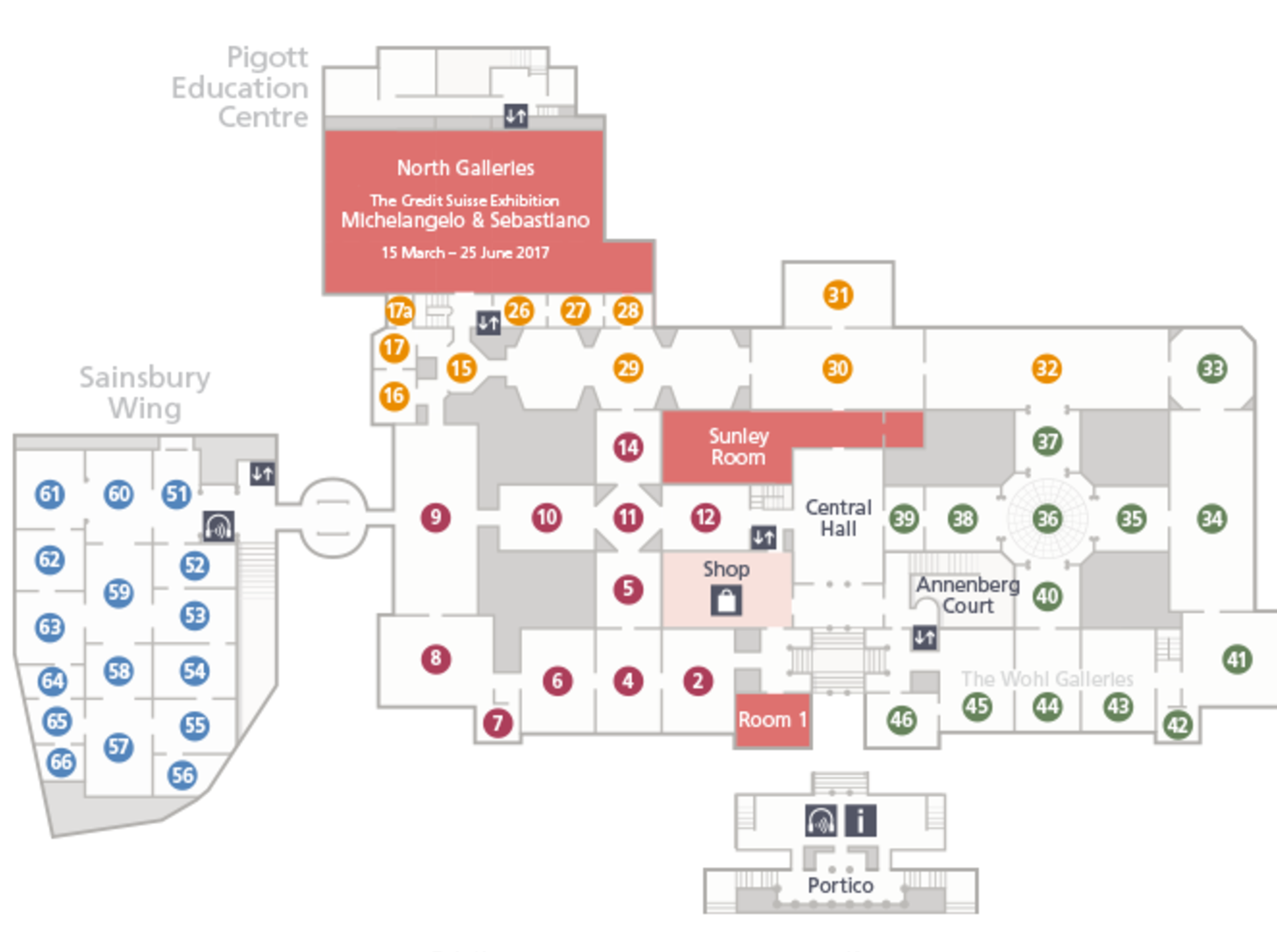
The well known National Gallery in London one of the almost visited art galleries in the world. People from all over the earth come to this gallery to adore works of art located here. The National Gallery contains works from most all the artists mentioned to a higher place. Information technology contains artists from all over the world and many time periods. This gallery is divided into fourth dimension periods, in the map above each specific time period is a different color. My personal favorite is the are from 1700-1930 (green exhibitions in the map in Level 2) because information technology contains almost all the artists I mentioned above.
All thought the green zone you can find avant-garde artists. For the purpose of this project, I chose iii rooms that had the most avant-garde fine art. In rooms 41,43 and 44, y'all can see art from Monet's time in London to Van Gogh'southward famous sunflowers. Each room has an caption that I took from the galleries website for your better agreement of their location in history and pictures that I took while in the gallery.
Room 41
"The works in this room demonstrate the continued vitality of painting every bit an artistic medium in the early 20th century. In his afterward years, Cézanne placed an increasing accent on structure and solidity, applying pigment in regular, hatched brushstrokes, and using color rather than light to convey forms. Ground-breaking compositions such as his monumental Bathers won the respect of younger artists. Claude Monet had great admiration for Cézanne, whom he had known since the 1860s. Monet'due south art, like that of Cézanne, evolved gradually. He explored calorie-free and color in serial of paintings of specific subjects, undertaken at precise times of the day and recording particular atmospheric weather. In his garden at Giverny in Normandy, Monet painted near-abstract pictures where forms seem to dissolve to the bespeak of disintegration. These echo the chaos of the First World War when major artistic revolutions were underway." [sixteen]
-
Bathers (Les Grandes Baigneuses)
Paul Cézanne -
-
The Water-Lily Pond
Claude Monet -
Water-Lilies, Setting Sun
Claude Monet
Room 43
"In the 1880s some of the Impressionist artists were starting time to enjoy success. The cohesiveness of the initial group had waned, and they were exploring new means of painting. Camille Pissarro began to work in the new style invented by Georges Seurat, whom he met in 1885. Seurat'southward approach, based on scientific color theory, involved using countless tiny dots of pure colour, placed in close proximity to each other. When viewed at a distance, the centre blends these private marks into areas of solid color: a technique called divisionism or pointillism." [17]
-
Bathers at Asnières
Georges Seurat -
Bowl of Fruit and Tankard before a Window
Paul Gauguin -
'Sunflowers'
'Vincent van Gogh' -
'Farms near Auvers'
'Vincent van Gogh' -
'Van Gogh'south Chair'
'Vincent van Gogh' -
'Long Grass with Butterflies'
'Vincent van Gogh' -
'Two Crabs'
'Vincent van Gough -
The Boulevard Montmartre at Night
Camille Pissarro -
The Louvre under Snow
Camille Pissarro
Room 44
"In the 1860s Edouard Manet shocked exhibition visitors in Paris with his unflinching scenes of modern life, painted boldly and using sober colors. His radical style made a profound impact on many artists. In the years to come, Claude Monet, Pierre-Auguste Renoir, Berthe Morisot, Alfred Sisley and other young painters in Paris would display an even stronger involvement than Manet in the informal aspects of contemporary life. These artists, who often worked in the open up air along the river Seine, experimented with flickering brushstrokes and bright colors to capture the fleeting effects of light. They exploited technical advances, such as oil paint in tubes that could exist easily transported. Every bit truthful avant-gardist, they were alee of the traditional painters using new techniques. " [18]
-
The Thames below Westminster
Claude Monet -
Snowfall Scene at Argenteuil
Claude Monet -
Woman with a Cat
Edouard Manet -
Music in the Tuileries Gardens
Edouard Manet -
The Museum at Le Havre
Claude Monet -
The Gare St-Lazare
Claude Monet -
The Avenue, Sydenham
Camille Pissarro -
Fox Colina, Upper Norwood
Camille Pissarro -
The Skiff (La Yole)
'Pierre-Auguste Renoir -
Moulin Huet Bay, Guernsey
Pierre-Auguste Renoir
Tate Modern
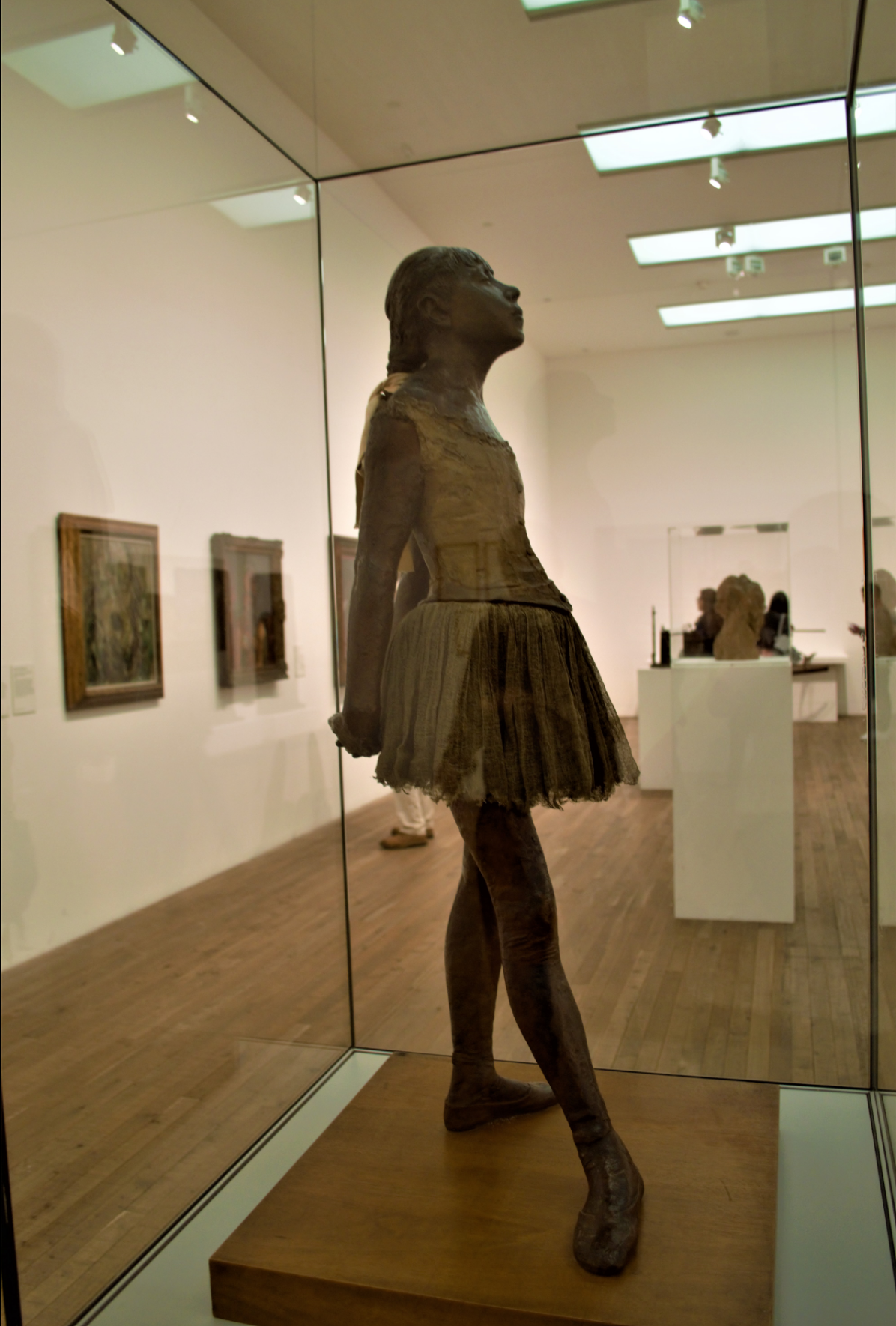 1880–1 | |
| Brandish Room | Studio Practice (Room 2) |
|---|---|
I consider this Gallery the best place to observe modernistic and gimmicky art. The unique architecture of the building misguide you lot at first, nevertheless, from the lowest level call the "The Tank" to the viewing level where y'all can see all the city, you tin can observe incredible works of art. Every bit Modern Fine art and Avant-garde go together, this place is as well not bad for avant-garde art. Many of the artists mentioned above tin be found hither and much more new artists that autumn into this category. Beneath I provide information about iii pieces that are irrefutably avant-garde. This pieces volition marker this movement forever and being able to admire them in this gallery was amazing.
Lilliputian Dancer Aged Fourteen
Degas
"This sculpture was created past Degas. The model for this sculpture was a ballet student. Degas first made a reddish-brown wax sculpture of her in the nude. And so, aiming for a naturalistic effect, he dressed it in clothing made of real fabrics. When the wax sculpture was first exhibited, contemporaries were shocked past the unprecedented realism of the piece. He created a sculpture similar no one had seen earlier. Innocent though she may look to us today, Degas's Little Dancer Aged 14 caused an outcry when she was first exhibited at the 1881 impressionist exhibition in Paris. The effigy was described variously as 'repulsive' and 'a threat to society'. Critics and the public were upset by the realism of the work but also because Degas had represented a provocative modern subject ... dancers were considered office of the seamier side of amusement and little more than prostitutes. "[nineteen]
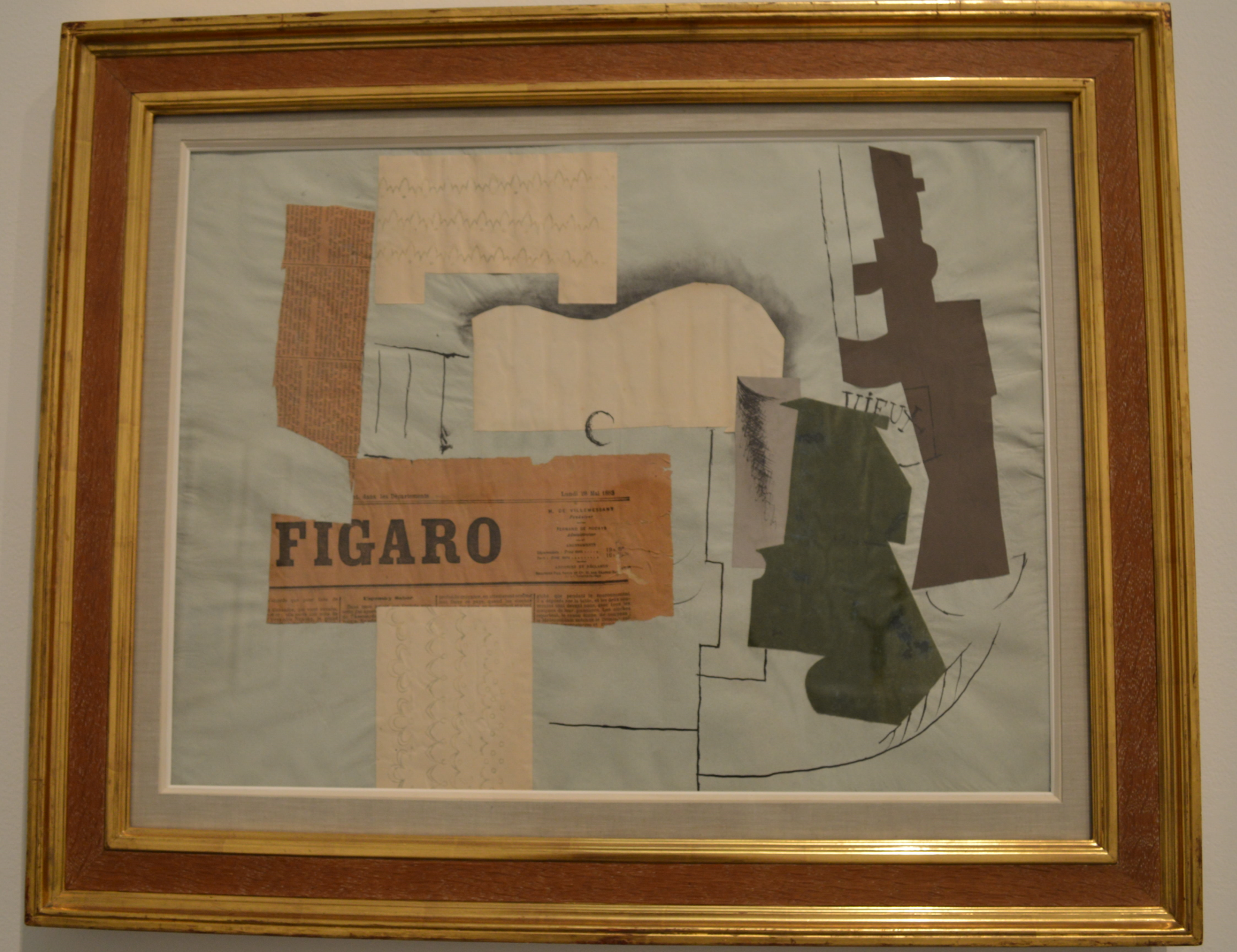 1913 | |
| Display Room | Collage (Room two) |
|---|---|
Bottle of Vieux Marc, Glass, Guitar and Newspaper
Pablo Picasso
"Canteen of Vieux Marc, Glass, Guitar and Paper is a small papier collé by Pablo Picasso, produced in 1913. It depicts a series of objects and paper fragments clustered on a table, the oval edge of which has been loosely drawn in the lower correct of the limerick. The abstracted forms of a guitar, glass, and canteen of the wine cut from white, gray and black colored papers are together with fatigued lines indicating other elements of each object's shape. The objects are shown from several perspectives: while the guitar and tabular array appear to be seen from above; the bottle and glass are shown from the side. Picasso uses this new method of collage in controversy to traditional fine art." [20]
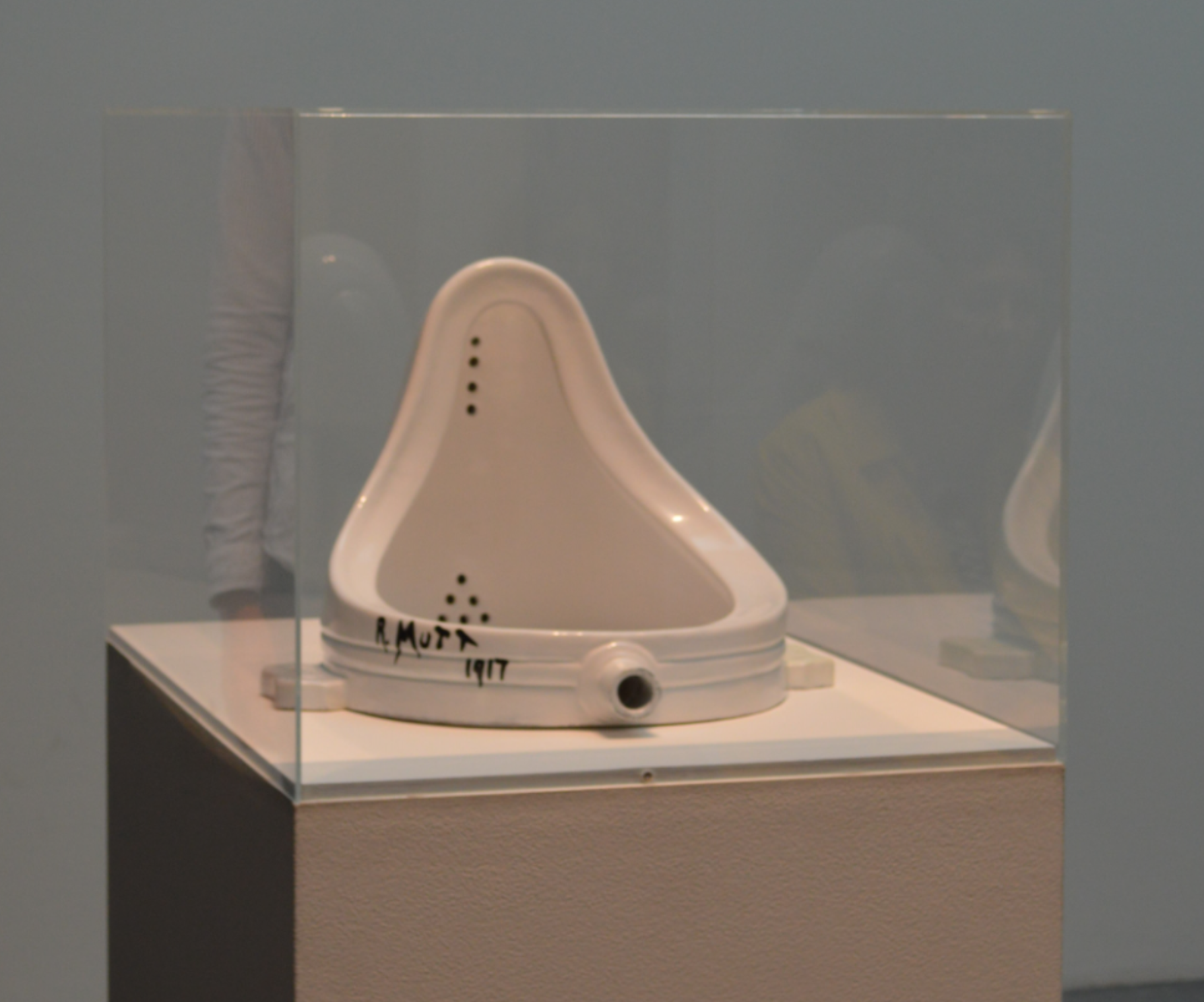 1917, replica 1964 | |
| Display Room | Explore Materials and Objects (Room four) |
|---|---|
Fountain
Duchamp
"Fountain" is 1 of Duchamp'south well-nigh famous works and is widely seen as an icon of twentieth-century art. The original, which is lost, consisted of a standard urinal, usually presented on its back for exhibition purposes rather than upright, and was signed and dated 'R. Mutt 1917'. Tate'south work is a 1964 replica and is fabricated from glazed earthenware painted to resemble the original porcelain. The signature is reproduced in blackness paint. Fountain has been seen as a quintessential case, along with Duchamp's Bottle Rack 1914, of what he chosen a 'readymade', an ordinary manufactured object designated by the artist every bit a work of art (and, in Duchamp's case, interpreted in some way). Marcel Duchamp submitted his sculpture Fountain (an upside-downwardly urinal) for an exhibition organised past the Lodge of Independents under a faux name. Although the order was supposed to prove everything submitted past members, the work scandalized the board and was rejected. Duchamp is cited equally i of the near important figures in modern art, inspiring many later artists and art movements – notably conceptual fine art." [21]
Galleries from the Nowadays
The National Gallery and Tate Modernistic have been in London for a long time in the opposite to the next two galleries I mentioned bellow. These new galleries testify immature artists that are starting to excel in their careers in art.
Serpentine Galleries
| Back View | |
| location | Kensington Gardens London W2 3XA |
|---|---|
The Serpentine Gallery is 1 of London's nigh popular art gallery showing modern and contemporary artwork. It is located in the middle of Kensington Gardens. It has two galleries on either side of the Serpentine lake: the Serpentine Gallery and the Serpentine Sackler Gallery, designed by Zaha Hadid Architects. Hyde Park is one of my favorite places in London, especially because of Serpentine Galleries. They provide a space where artists can show their paintings and everyone in the park can see information technology. They take seasonal shows and a summertime pavilion. The architecture of the pavilions is unique and it is said to be the earth'due south starting time and most ambitious compages program of its kind.
Seasonal Shows
This 2 galleries modify seasonally and have eight shows per yr. I focused on Summer 2017 summer shows: The Most Popular Art Exhibition Ever! by Grayson Perry and A Series Of Utterly Improbable, withal Extraordinary Renditions past Arthur Jafa.
Serpentine Gallery': The Most Pop Fine art Exhibition E'er! by Grayson Perry
"Perry's abiding involvement in his audition informs his choice of universally man subjects. Working in a variety of traditional media such as ceramics, cast iron, statuary, printmaking and tapestry, Perry is all-time known for his ability to combine delicately crafted objects with scenes of contemporary life. His subject affair is fatigued from his own babyhood and life as a transvestite, too every bit wider social problems ranging from class and politics to sex and religion." [22]
Serpentine Sackler Gallery: A Series Of Utterly Improbable, yet Extraordinary Renditions by Arthur Jafa.
"Jafa's work is driven by a recurrent question: how might one identify and develop a specifically Black visual aesthetics equal to the 'power, beauty and alienation' of Blackness music in The states civilisation?
This new exhibition, titled A Series of Utterly Improbable, Even so Extraordinary Renditions, takes the form of a site-specific installation at the Serpentine Sackler Gallery in which Jafa has transformed the space with a series of new assemblages that encompass movie, photography and plant footage. The title of the exhibition relates to the sense of absence that Jafa observes equally haunting Black life. The give-and-take 'rendition' refers to the creative person's interpretation of the aesthetics associated with Blackness being, which are historically-inscribed in images, objects and artefacts. By re-performing these narratives in the present, Jafa imagines and constructs new possibilities for making them visible. In addition to his exhibition at the Sackler Gallery, Jafa will also devise a new, site-specific event every bit function of the 2017 Park Nights series, which takes place in the Serpentine Pavilion, this year designed by Francis Kéré." [23]
| Serpentine Pavilion 2017 | |
| Artist | Francis Kéré |
|---|---|
Pavillion
Each yr, they commission an architect to create a summer pavilion. The first one was created by Zaha Hadid in 2000 and since then in that location has being one every yr. In 2016, the temporary venue was created by Danish builder Bjarke Ingels. He created this venue with fiberglass frame. The pyramid of blocks kind of resembles a glacial crevasse.
"For the 2017 Serpentine Pavillion was designed past Francis Kere. He was built-in in Burkina Faso, where he got the inspiration for this pavilion. He was inspired the tree that serves as a fundamental meeting point for life in this village, his home. He used a new artistic and architectonic method into the design and he seeks to connect its visitors to nature and each other. An expansive roof, supported by a key steel framework, mimics a tree's canopy, allowing air to circulate freely while offering shelter against London rain and summer estrus. He is trying to portrait a tree and how gathering under it was refreshing. He also portraits culture as he explains that he uses indigo blue because it is a key color for his culture. He invites everyone in to adore his work of art and new design. Just as this creative person, every creative person that creates a pavilion uses a new technique in his or er design. They tin be considered avant-gardists because of this new methods. " [24]
Unit of measurement London
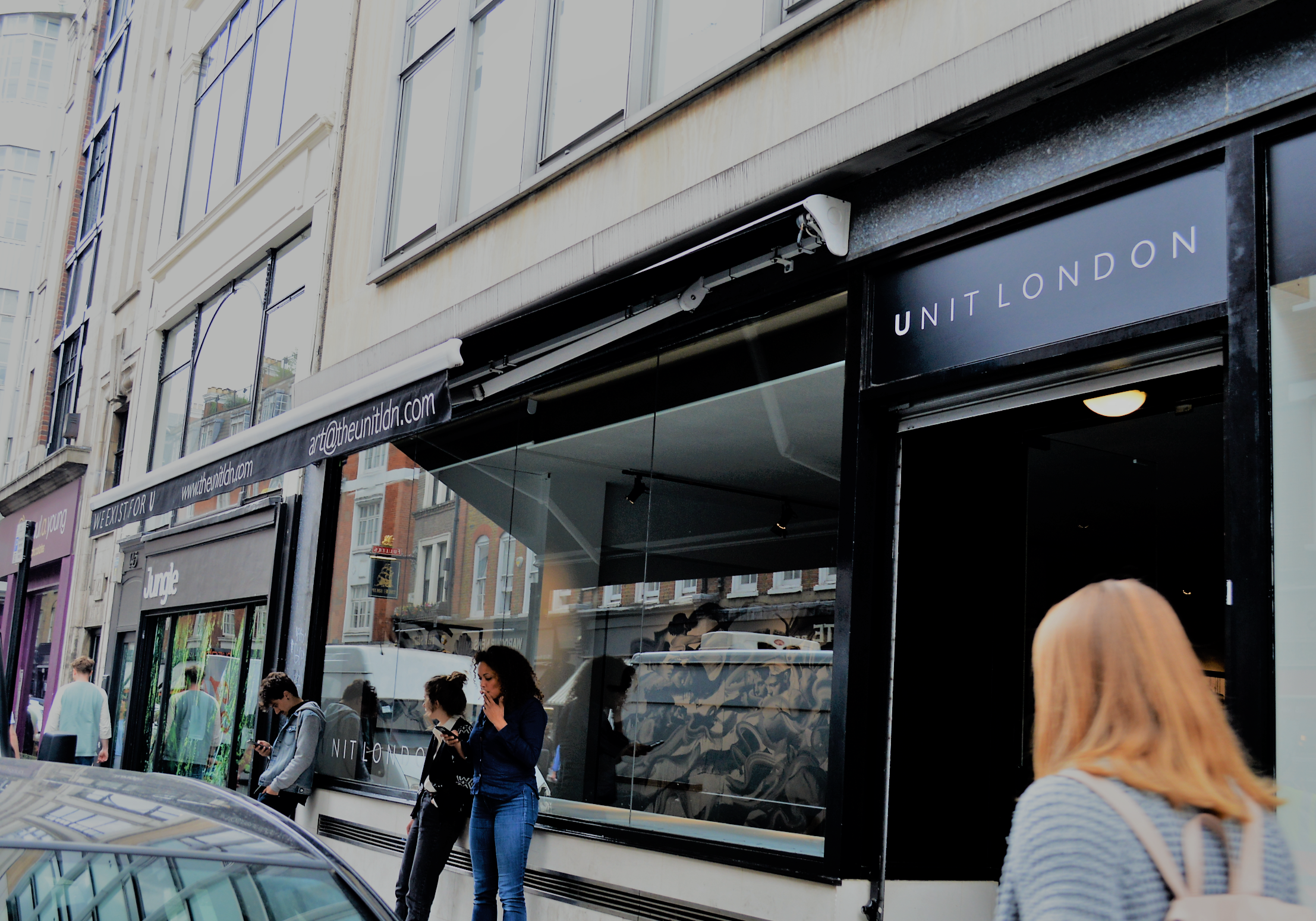 | |
| Location | 147-149 WARDOUR STREET SOHO, LONDON W1F 8WD 11AM - 7PM, EVERY Twenty-four hours |
|---|---|
"Located in Soho, classified by tourists as one of the nearly Advanced neighborhood, information technology is a spot for shadiness and cheap food and music, stand-up one-act and cabaret performances. This is a nifty area to feel different forms of culture, from cuisine to clubs."[25] Unit of measurement London is located right information technology the center of all this. This gallery looks elementary from the exterior but has some of the best modern art in London. You can encounter culture, Emotions, techniques in each work of art, "Founded in 2013 past two immature artists, Unit London was born from a want to interruption down the barriers of elitism and to include people in the gimmicky fine art world - whether they exist enthusiasts, first-timers, new collectors, or seasoned collectors and institutions - we strongly believe that everybody should exist able to enjoy the world'south most amazing fine art. "[26]
This Gallery is very inclusive and is open 7 days a week until the early evening. They provide a space for artists and visitors an open space to express themselves. "We have always wanted to provide a platform for the world'south well-nigh exciting talent to showcase their piece of work to the widest possible audition. We don't believe that incredible piece of work should be reserved for only the select few. Nosotros are stiff believers in the ability of online, and we utilise digital and social media to broadcast our artists and their piece of work to audiences all over the earth." [27]
 2017 | |
| MAterial | Fibreglass life-cast with prismatic finish. 120 x 52 cm |
|---|---|
Most Artists in this gallery started equally street artists with u a unique aesthetic and technic has made them famous. A great example of this is the artists is Schoony. His brilliance has brought the art globe by storm and his hyperrealist sculptures question war, mortality and contemporary society. PRISMATIC BRUISER is one of his most famous sculptures. It reminds me of Degas's. "Schoony's groundwork is rooted in special effects and prosthetics for the film industry, with his career spanning over 20-five years. Since the age of 15 he has worked on over a hundred films, his work and reputation for loftier-form pioneering techniques has reached the far corners of the world." Birthday with his unique technique Schoony has had many different themes, examining capitalism and pop culture. He has a cracking eye that provides the capacity to create such magnificent sculptures. As the gallery says information technology their webpage: "Schoony's career has gone from strength to strength, exhibiting widely throughout Europe and the US. His piece of work has won him critical acclamation from the Times, The Contained and ArtNet News, he is also featured on Artsy." [28]
Some other British artist that has had an exhibition at this gallery is Tom French, a highly collectible and well-regarded creative person. He creates monochromatic canvases. This black and white canc=vases are unique and have very precise detail. In these canvases you tin find faces, figures and skulls repeat and shadow one-another. This simplicity of colors allows him to transmit his bulletin hands with no distraction. "Each scene is a snapshot of a story, with a dynamic between the characters working on various levels, which ties into the bigger picture; there'due south much more to these images than illusion solitary." Tom French
Tom French
RED BURQUA, 2016 by Cecile Plaisance
Other Works in the Gallery
Decision
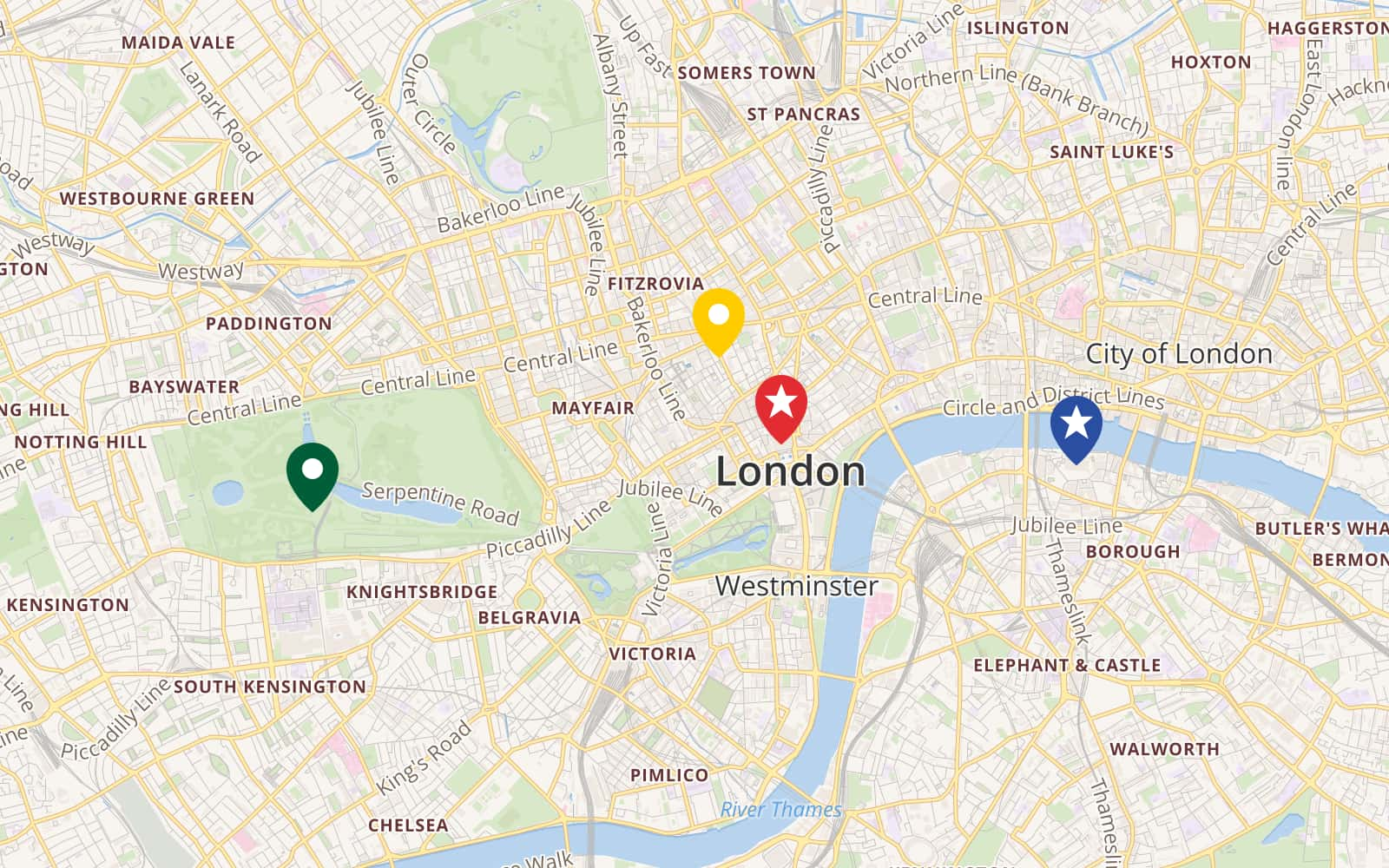
To conclude, Advanced was a revolutionary movement of art that was recognized past its original and they had the crusade to influence society. Most of the artists in this movements are the world'southward most known artists including Monet, Van Gogh, and Picasso. Their styles are very different but their originality and goals were the same. I believe that this style is more just a movement of art because of how it has affected the earth and how it still does. In the guide I created I display both the by and the present avant-garde. I provide a map to the correct for a better understanding of their location. The National Gallery(red) and Tate Modern(blue) are the two galleries with artist of the past and Serpentine Gallery(green) and Unit of measurement London(xanthous) are the galleries with artists of the present. This project limits to some movements of avant-garde, withal, further research will show that are a lot more movements. Each movement affects the world somehow. Art is more than than a course of expression, information technology has the power to change the globe.
References
- ↑ one.0 1.ane Bischoff, U., Lozo, K., Wit, G. D., & Theerlynck, South. (2016). The power of the avant-garde: now and and so. Tielt: Lannoo .
- ↑ Egbert, D. (1970). The Thought of advanced in Art and Politics. Leonardo, 3(1), 75-86. doi:x.2307/1572057
- ↑ Egbert, D. (1970). The Idea of avant-garde in Art and Politics. Leonardo, 3(one), 75-86. doi:x.2307/1572057
- ↑ T. (n.d.). Advanced – Art Term. Retrieved June xviii, 2017, from http://world wide web.tate.org.united kingdom of great britain and northern ireland/art/art-terms/a/avant-garde
- ↑ Szabolcsi, Miklós. "Avant-Garde, Neo-Avant-Garde, Modernism: Questions and Suggestions." New Literary History, vol. iii, no. ane, 1971, pp. 49–seventy. JSTOR, www.jstor.org/stable/468380.
- ↑ T. (n.d.). Avant-garde – Art Term. Retrieved June 18, 2017, from http://www.tate.org.uk/fine art/art-terms/a/advanced
- ↑ Szabolcsi, Miklós. "Avant-Garde, Neo-Avant-Garde, Modernism: Questions and Suggestions." New Literary History, vol. iii, no. 1, 1971, pp. 49–lxx. JSTOR, www.jstor.org/stable/468380.
- ↑ House, J. (1988). Nature into art. New Haven: Yale Academy Press.
- ↑ Nochlin, Linda, ed. Impressionism and Post-Impressionism, 1874–1904: Sources and Documents. Englewood Cliffs, N.J.: Prentice-Hall, 1966.
- ↑ 10.0 10.1 Kandinsky, Due west., Friedel, H., Hoberg, A., & Benesch, East. (2016). Vasily Kandinsky. Munich: Prestel Verlag..
- ↑ Galenson, D., & Weinberg, B. (2001). Creating Modernistic Art: The Irresolute Careers of Painters in France from Impressionism to Cubism. The American Economic Review, 91(4), 1063-1071. Retrieved from http://www.jstor.org.ezproxy.wpi.edu/stable/2677826
- ↑ Holzwarth, H. W., Taschen, 50., & Elger, D. (2011). Mod art. Köln: Taschen.
- ↑ Painter, P. I. (1922). Vincent van Gogh.
- ↑ Galenson, D., & Weinberg, B. (2001). Creating Modern Fine art: The Changing Careers of Painters in France from Impressionism to Cubism. The American Economical Review, 91(iv), 1063-1071. Retrieved from http://www.jstor.org.ezproxy.wpi.edu/stable/2677826
- ↑ Galenson, D., & Weinberg, B. (2001). Creating Modern Art: The Changing Careers of Painters in France from Impressionism to Cubism. The American Economic Review, 91(iv), 1063-1071. Retrieved from http://www.jstor.org.ezproxy.wpi.edu/stable/2677826
- ↑ "Room 41 | Level ii | Floorplans | Visiting | National ..." N.p., due north.d. Spider web. 21 June 2017.
- ↑ "Room 43 | Level 2 | Floorplans | Visiting | National ..." N.p., north.d. Web. 21 June 2017.
- ↑ "Room 44 | Level 2 | Floorplans | Visiting | National ..." Due north.p., n.d. Web. 21 June 2017.
- ↑ Anile Fourteen', Edgar Degas, 1880-ane, cast c.1922. Retrieved June 19, 2017, from http://world wide web.tate.org.u.k./fine art/artworks/degas-niggling-dancer-aged-fourteen-n06076
- ↑ T. (northward.d.). 'Bottle of Vieux Marc, Glass, Guitar and Newspaper', Pablo Picasso, 1913. Retrieved May 16, 2017, from http://world wide web.tate.org.uk/art/artworks/picasso-bottle-of-vieux-marc-glass-guitar-and-paper-t00414
- ↑ Tate. "Advanced – Art Term." Tate. North.p., n.d. Web. 21 June 2017.
- ↑ Grayson Perry: The Most Popular Art Exhibition Ever! (2017, June 08). Retrieved June 18, 2017, from http://www.serpentinegalleries.org/exhibitions-events/grayson-perry-nigh-popular-art-exhibition-ever
- ↑ "Arthur Jafa: A Series of Utterly Improbable, Yet Extraordinary Renditions." Serpentine Galleries. N.p., 08 June 2017. Web. 21 June 2017. <http://world wide web.serpentinegalleries.org/exhibitions-events/arthur-jafa-series-utterly-improbable-yet-extraordinary-renditions>.
- ↑ "Serpentine Pavilion 2017 designed by Francis Kéré." Serpentine Galleries. N.p., 23 June 2017. Spider web. 21 June 2017. <http://world wide web.serpentinegalleries.org/exhibitions-events/serpentine-pavilion-2017-designed-francis-thou%C3%A9r%C3%A9>.
- ↑ Neighborhood Guide to London. (2016, December 23). Retrieved June 17, 2017, from https://www.bohemiantrails.com/five-neighborhoods-of-london-avant-garde-traveler/
- ↑ Virtually Us. (northward.d.). Retrieved June 17, 2017, from http://theunitldn.com/nigh-us/
- ↑ Well-nigh Us. (due north.d.). Retrieved June 17, 2017, from http://theunitldn.com/almost-us/
- ↑ Most Us. (due north.d.). Retrieved June 17, 2017, from http://theunitldn.com/about-us/
External Links
Source: https://londonhuawiki.wpi.edu/index.php/Avant_Garde
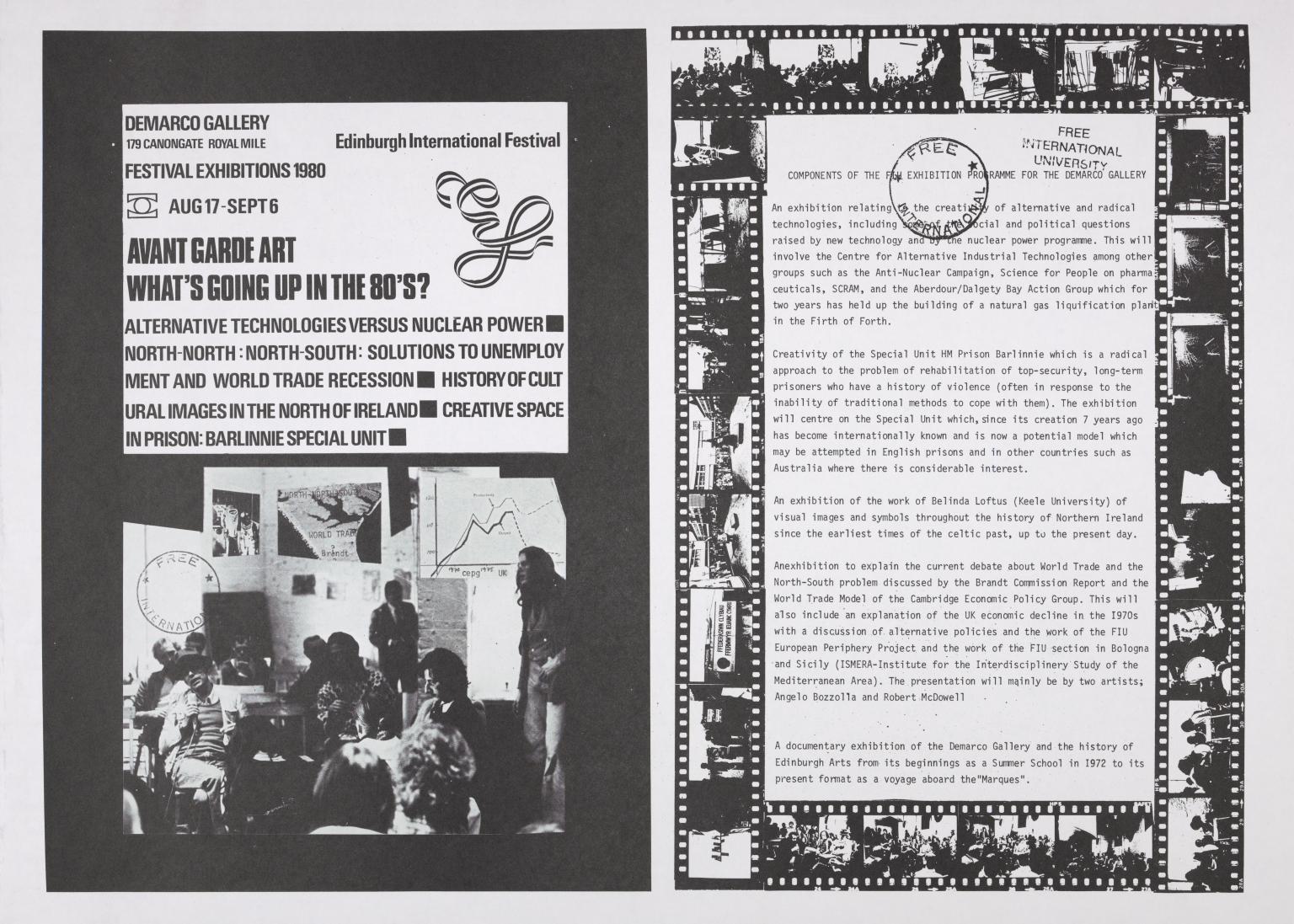

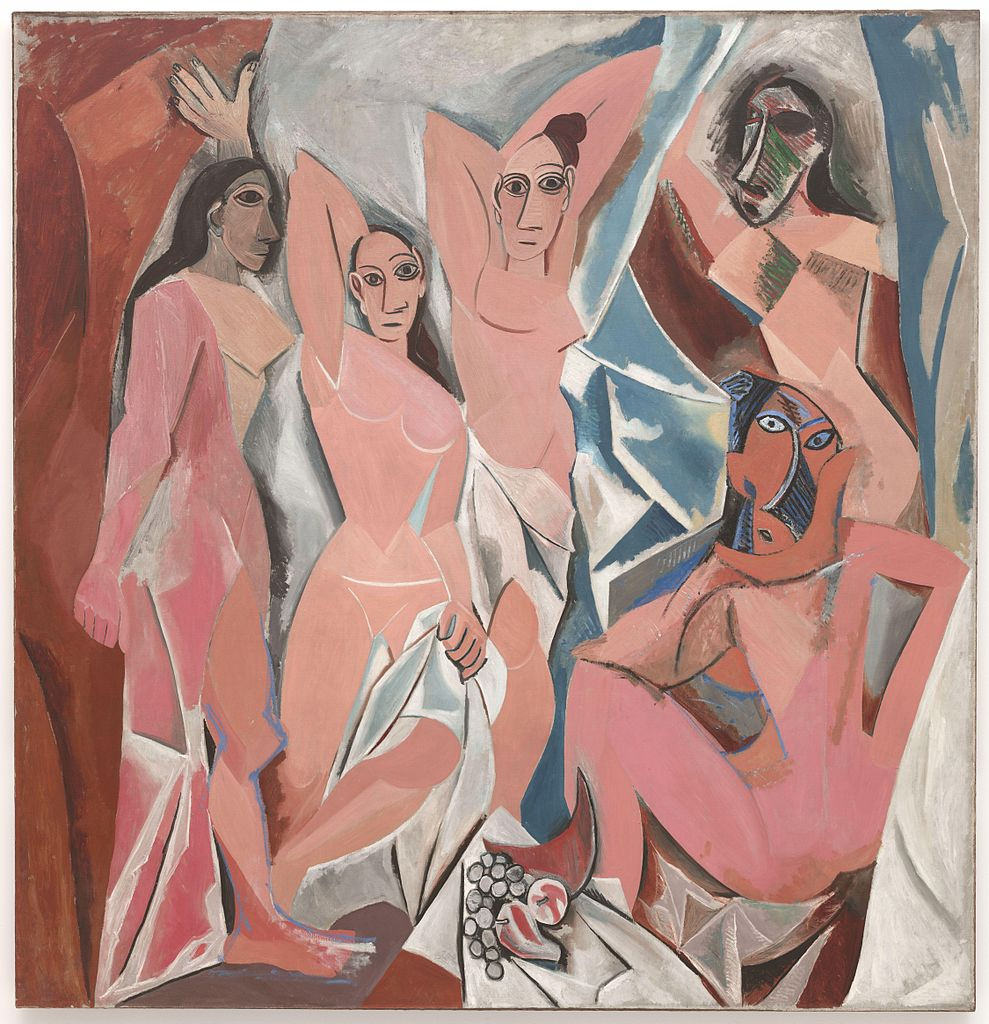
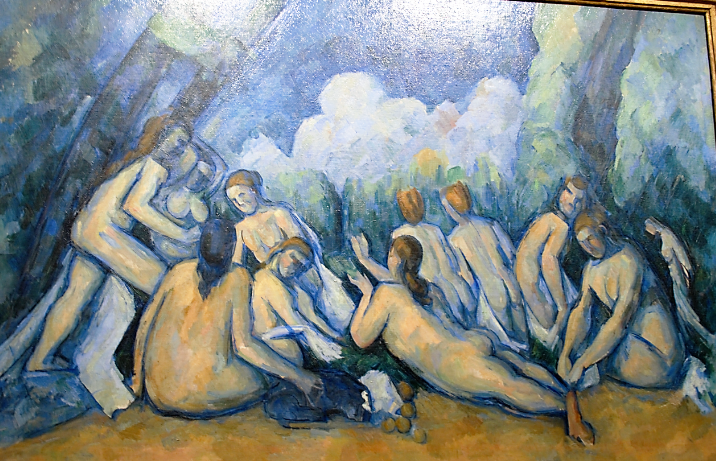
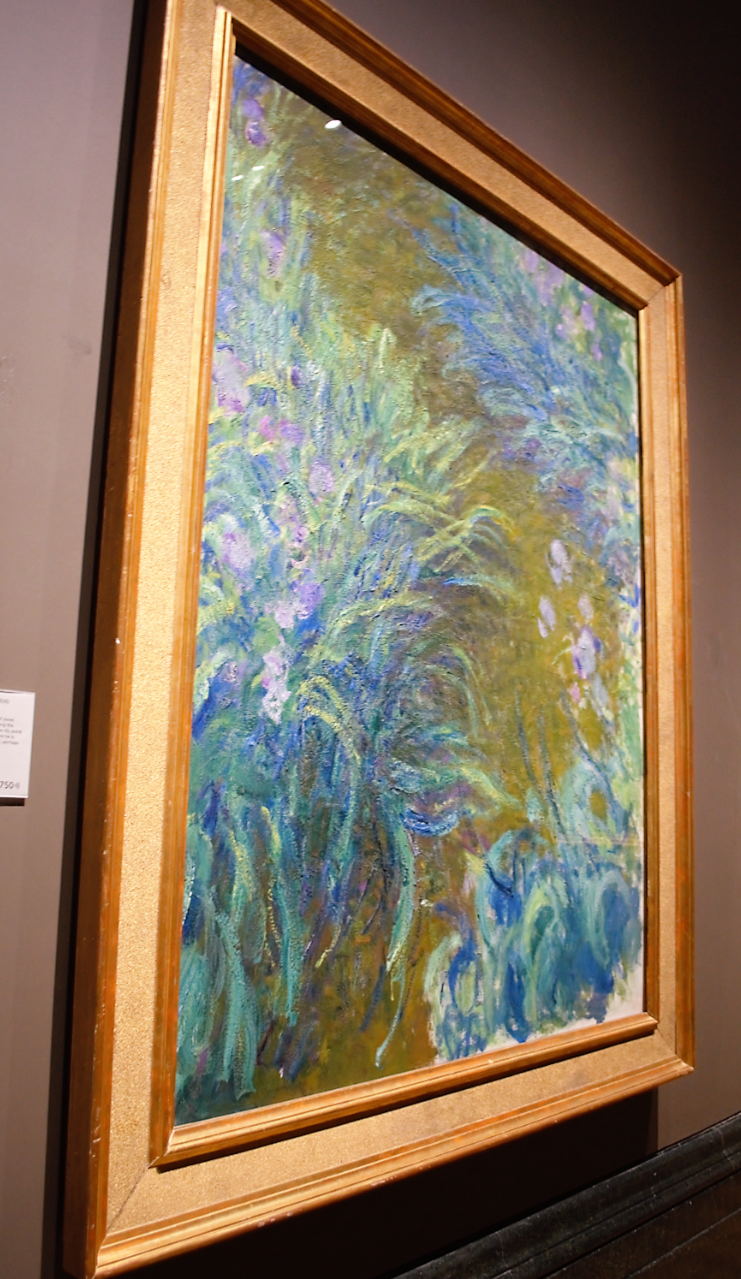
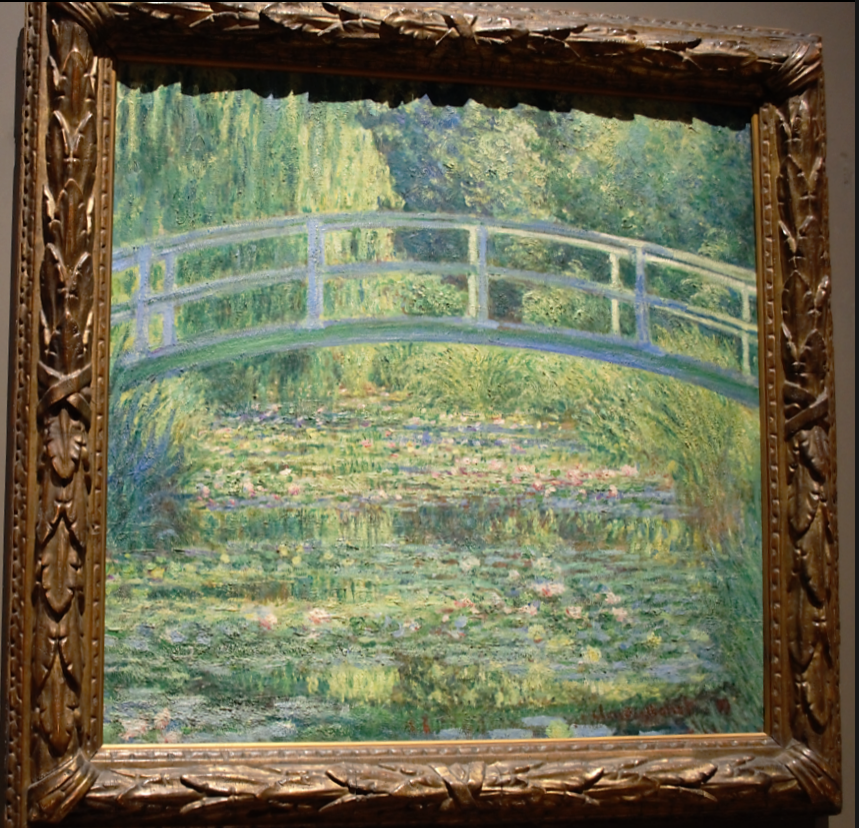
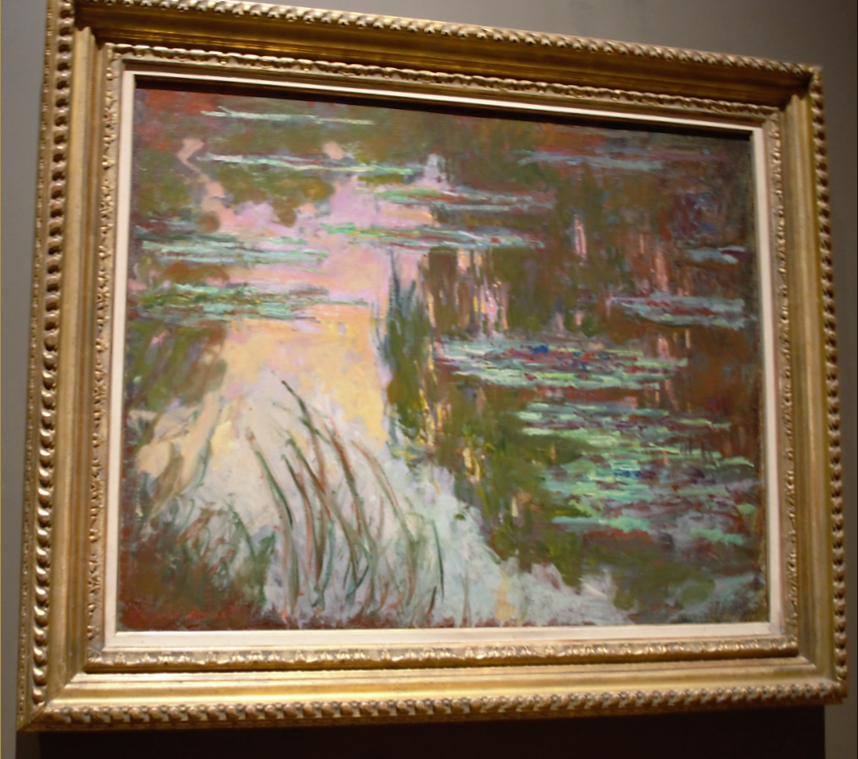
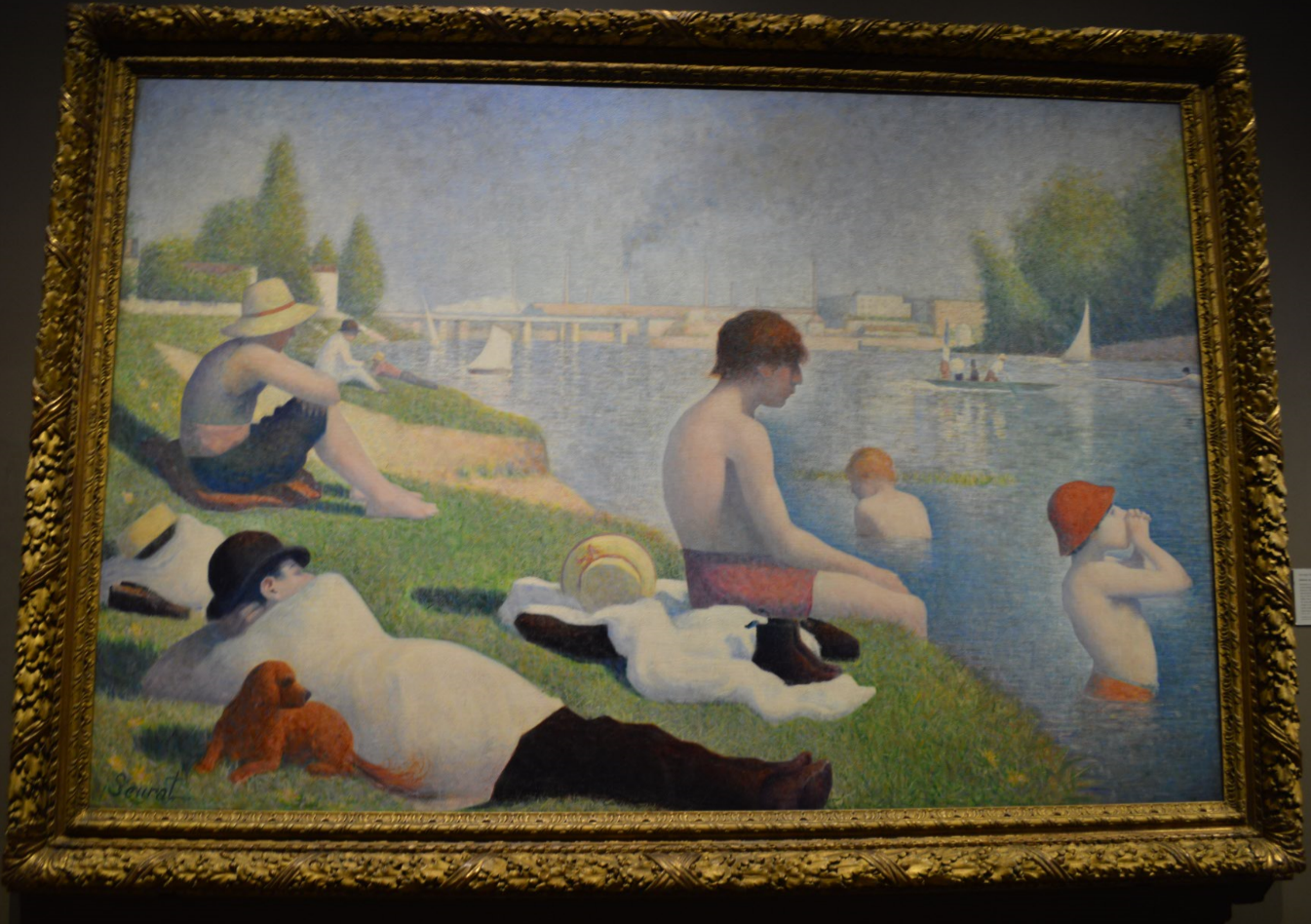


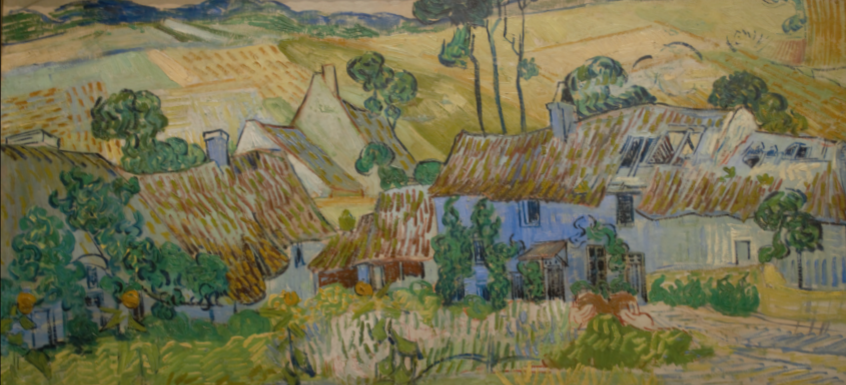
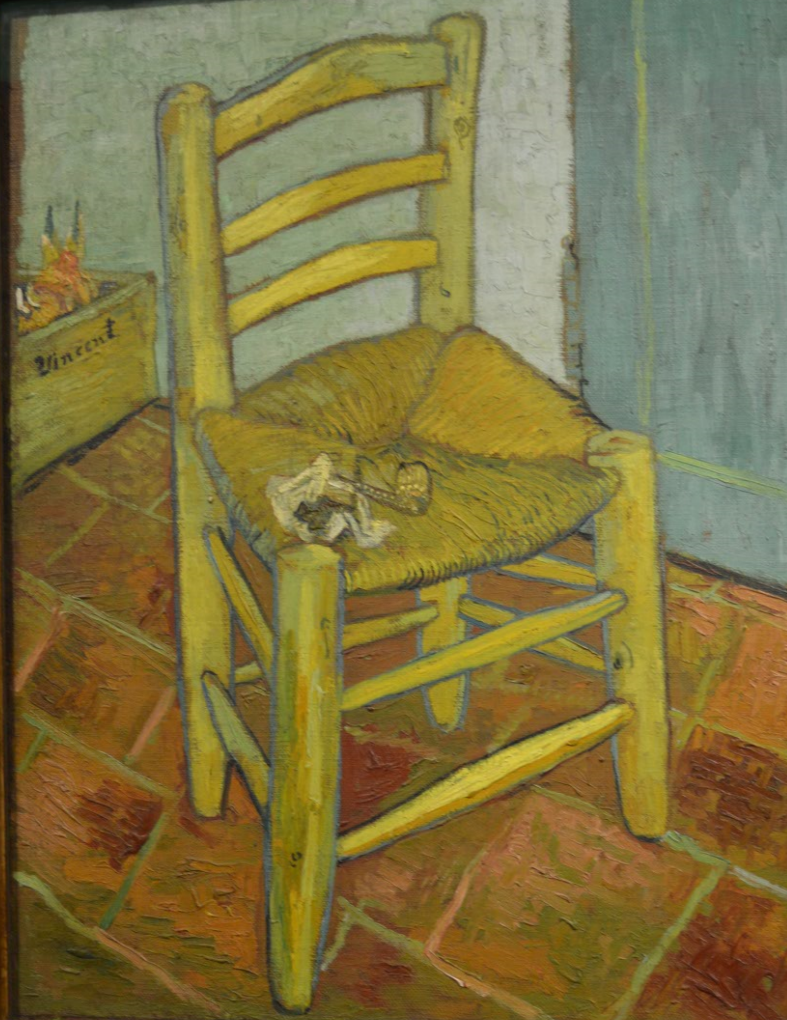
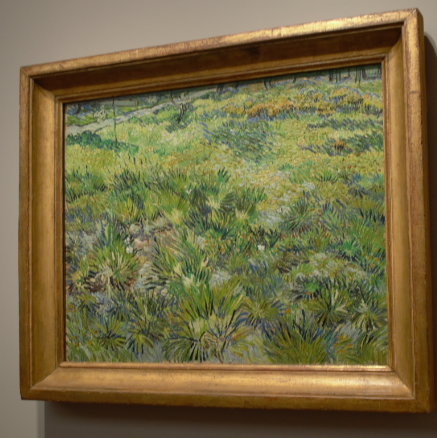
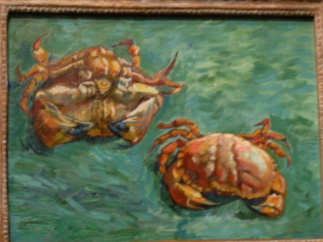


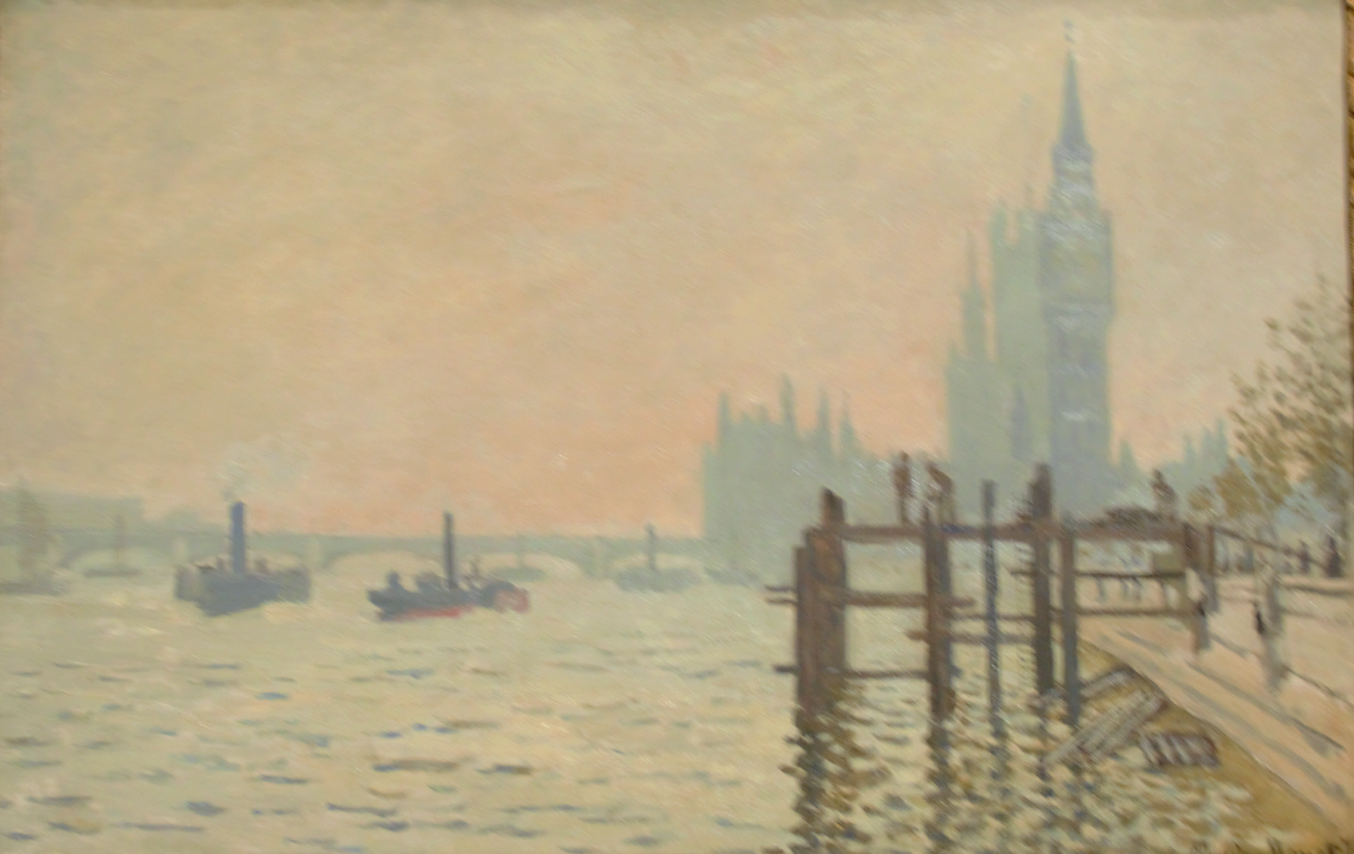
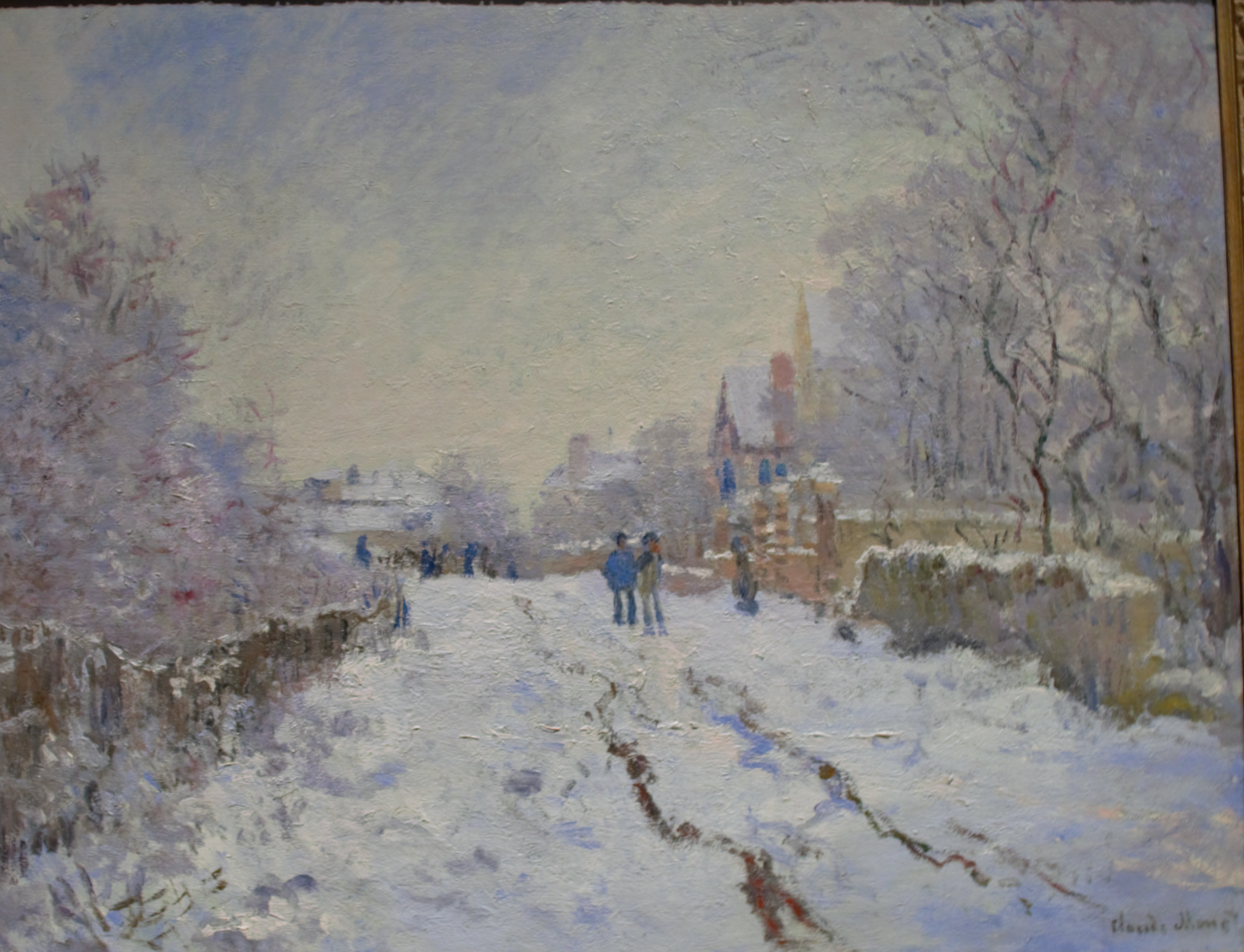

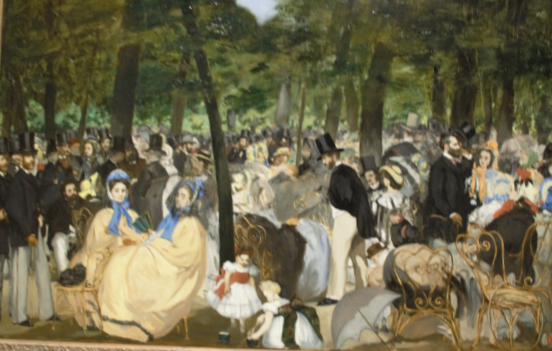
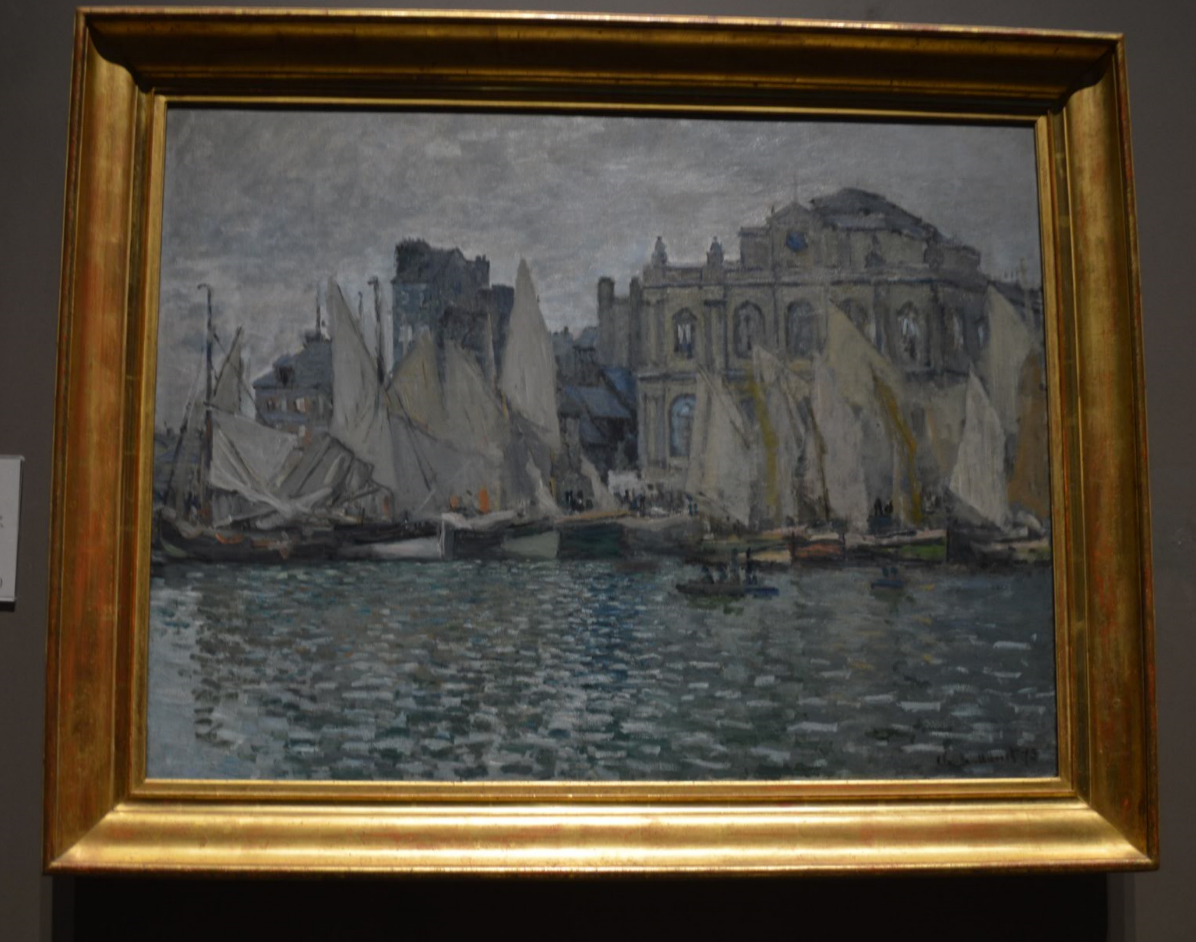
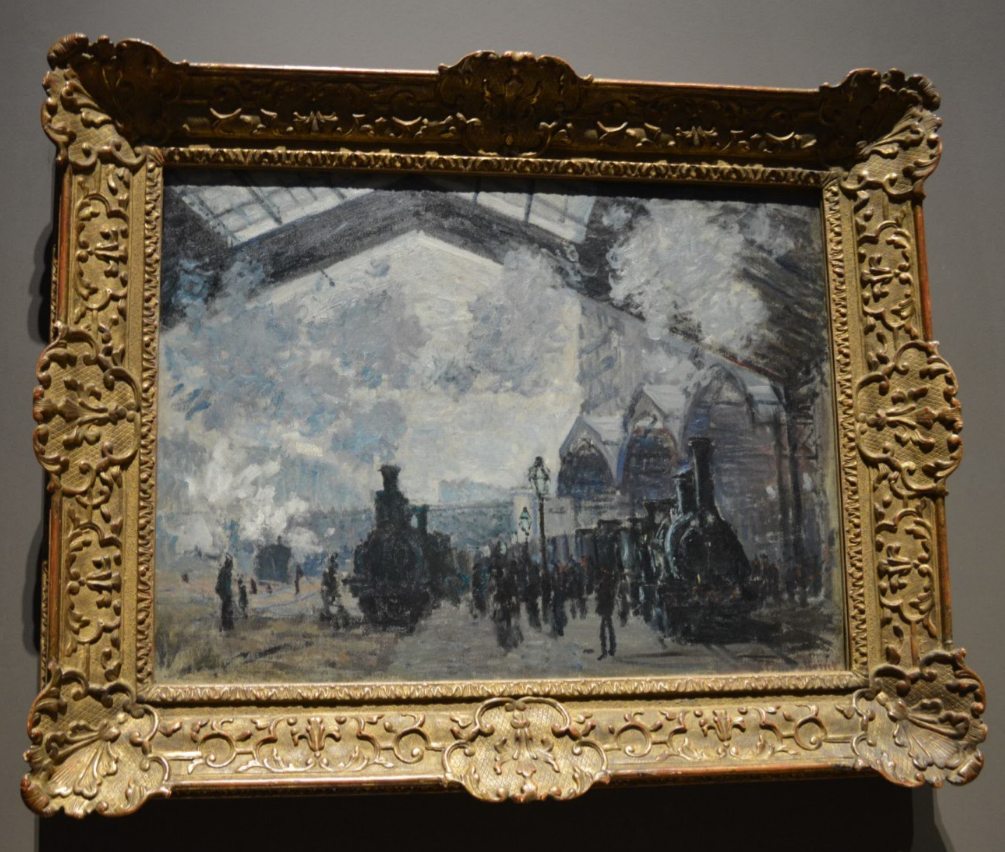

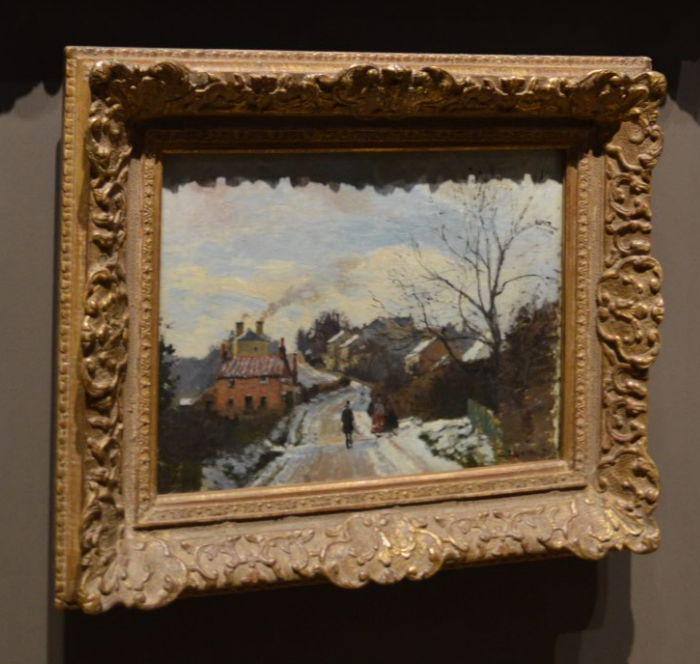
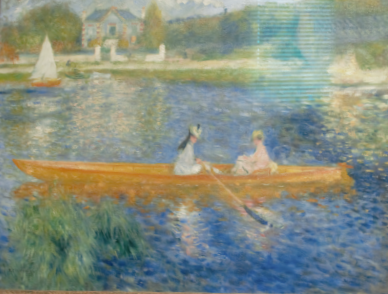

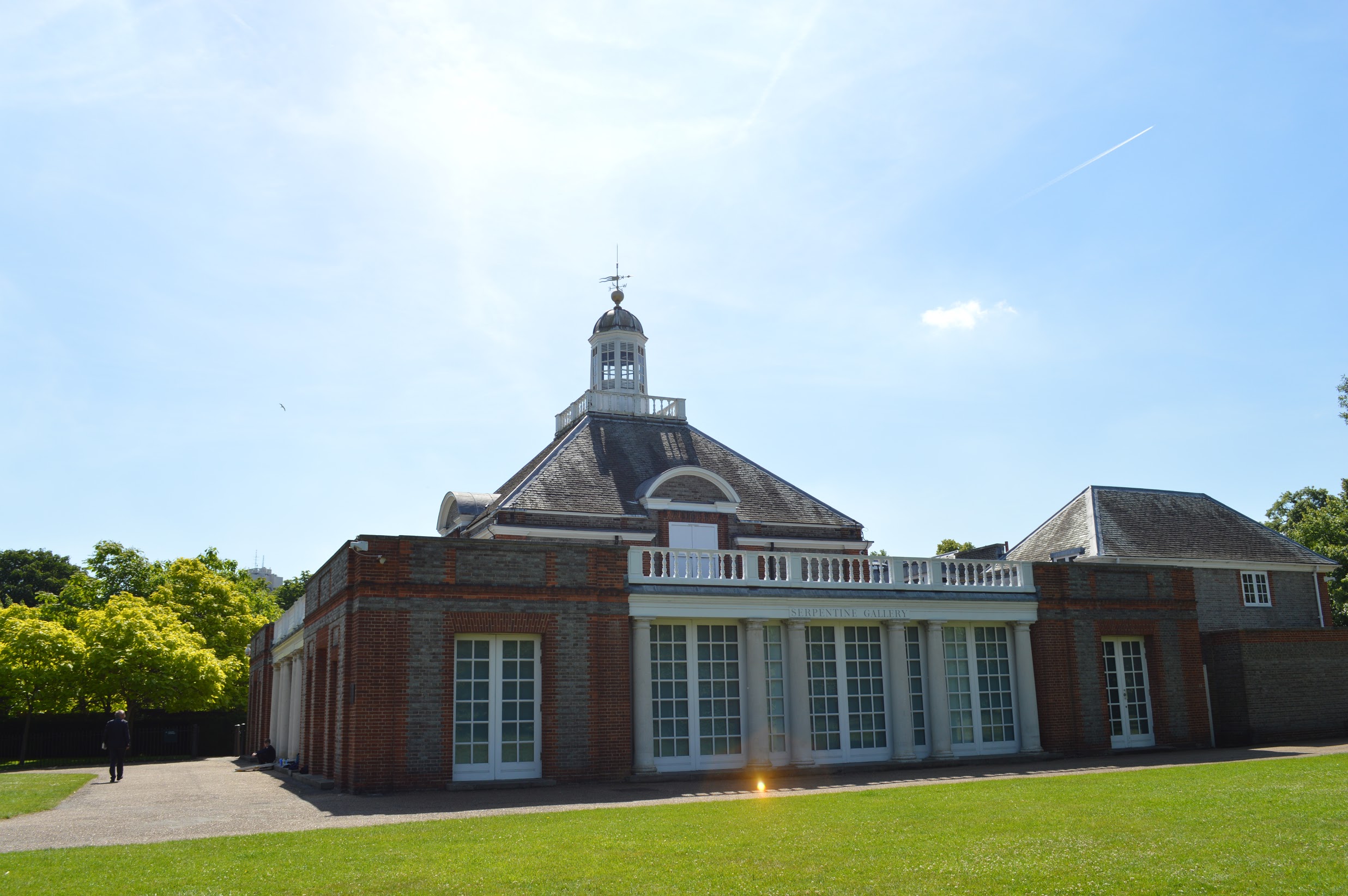

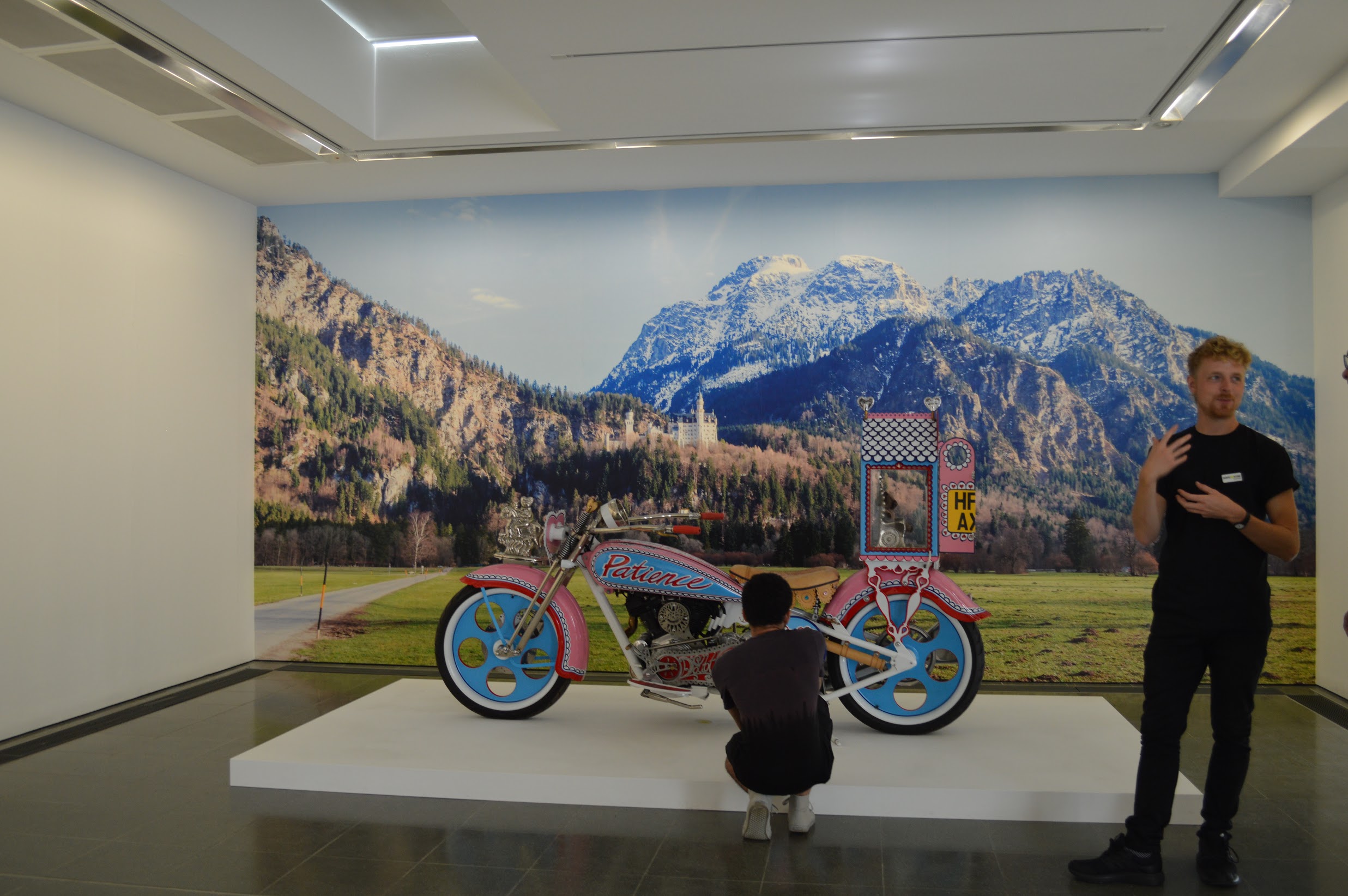
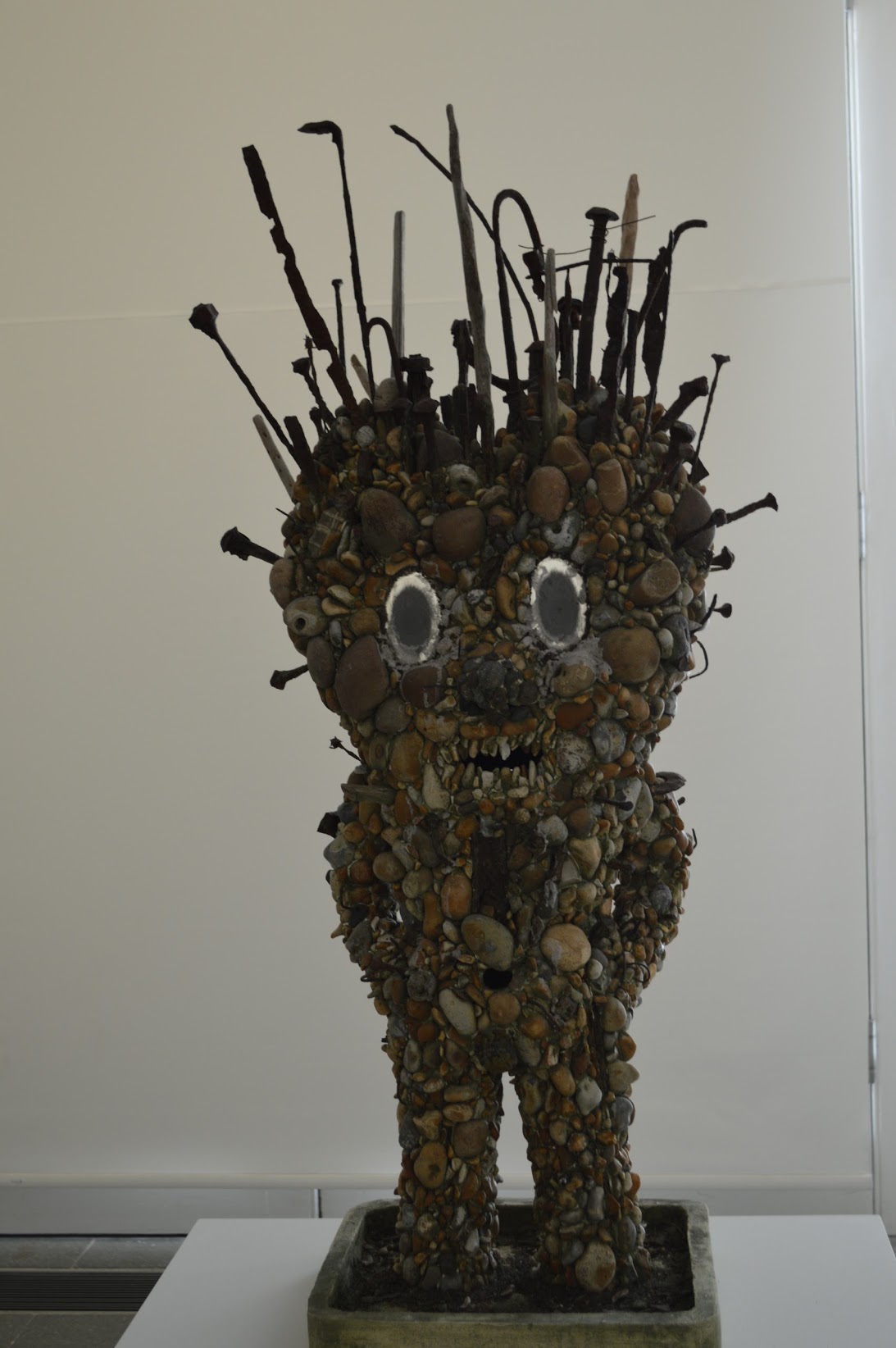
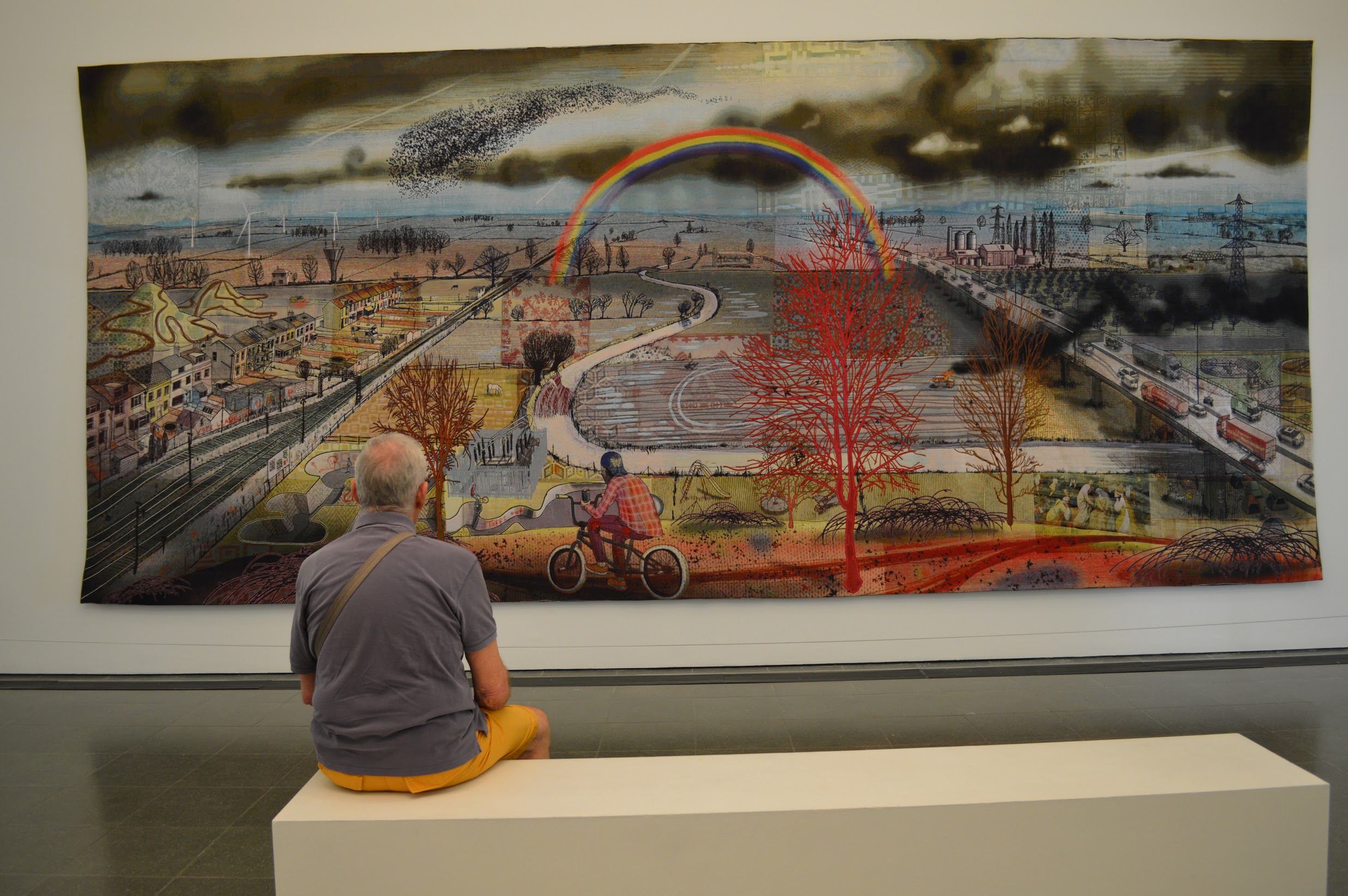
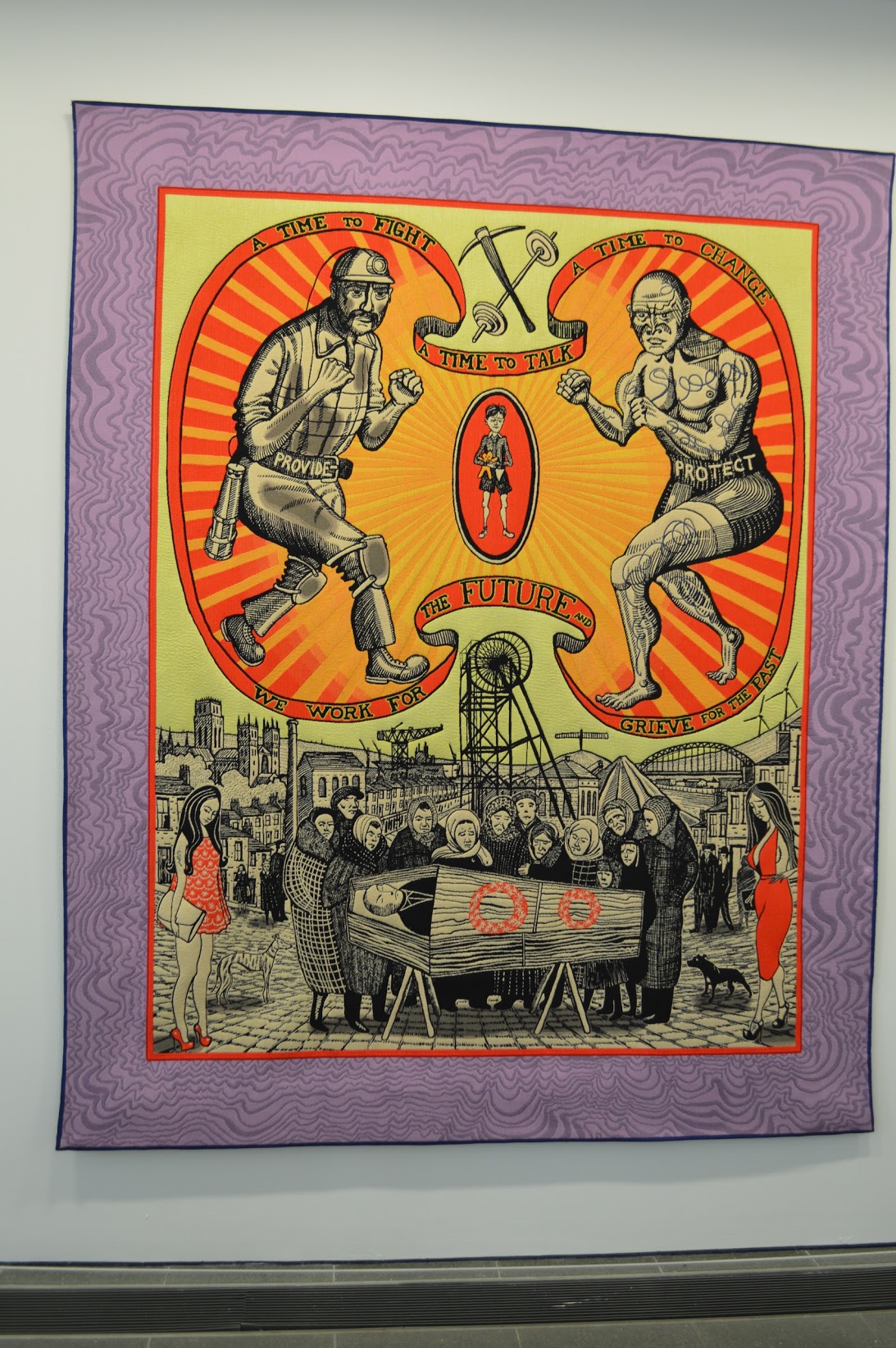
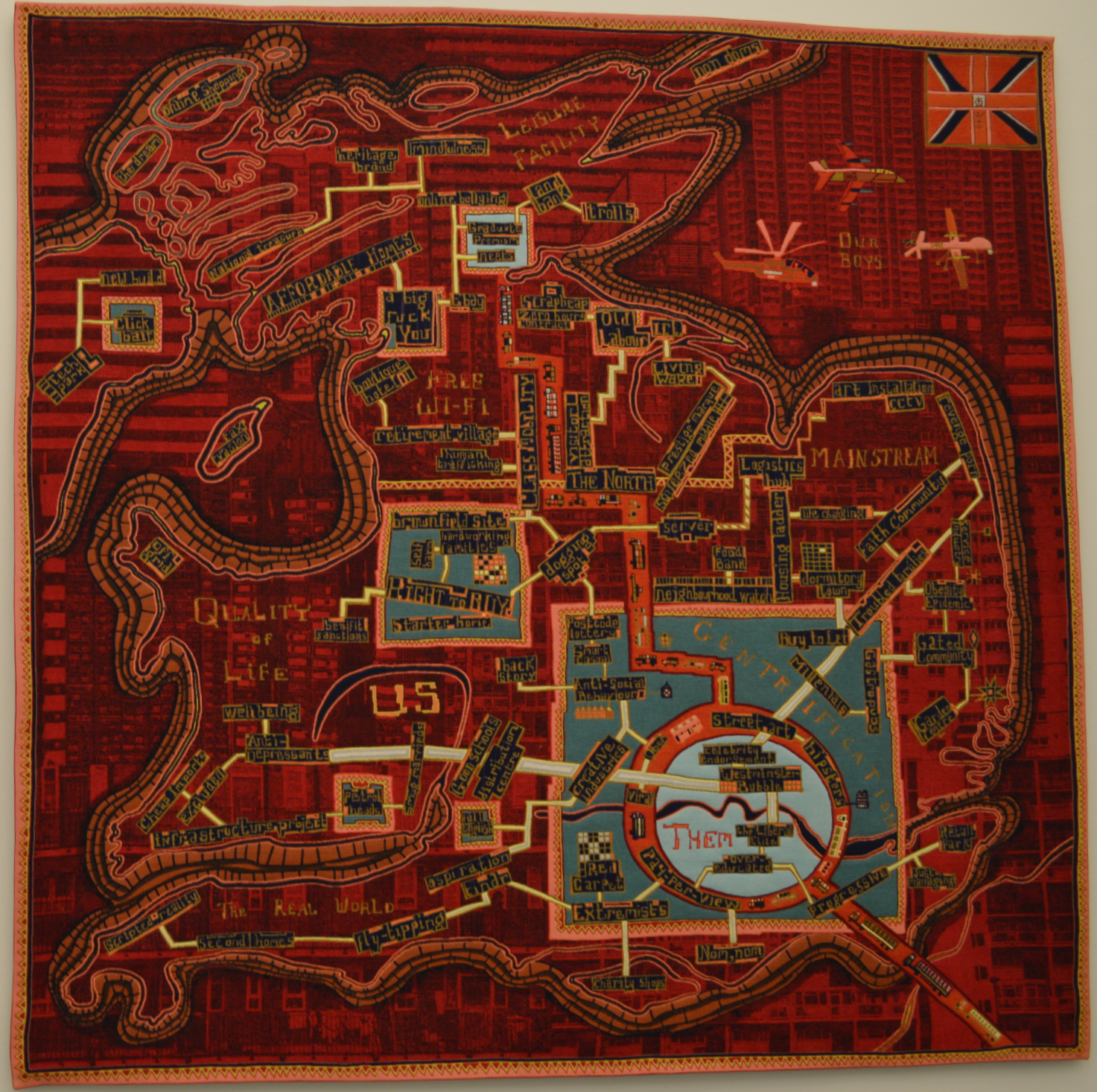

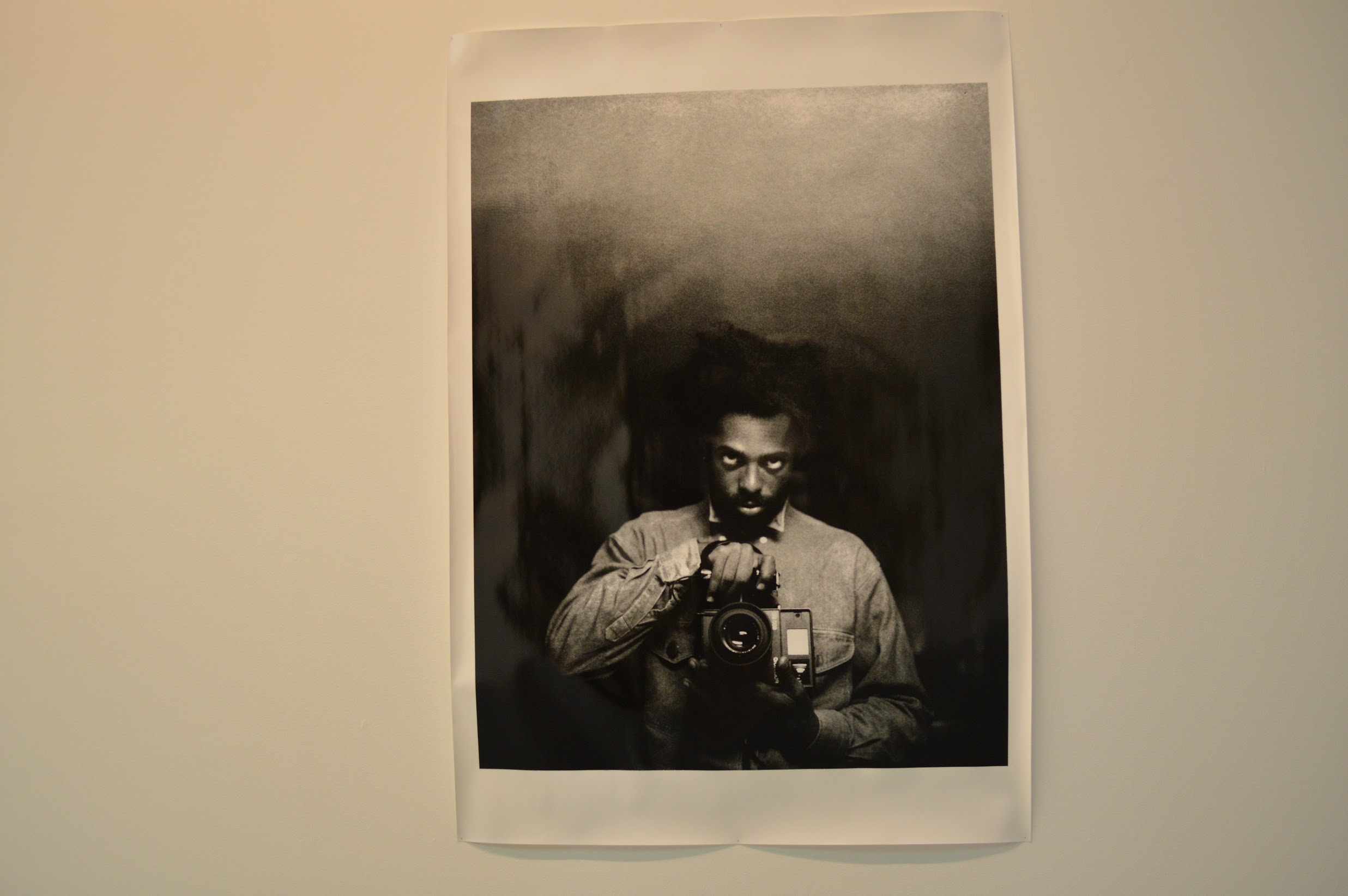
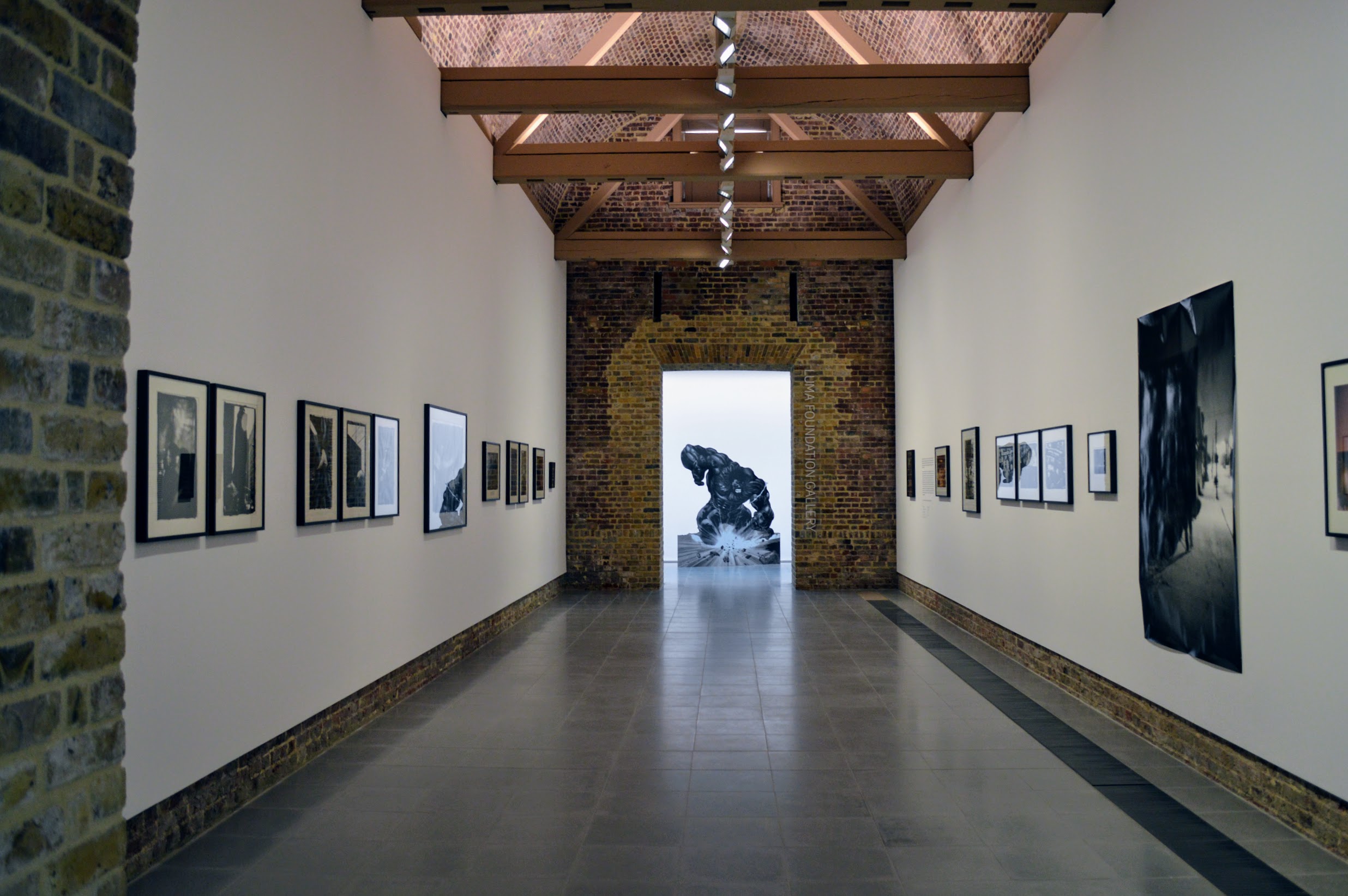
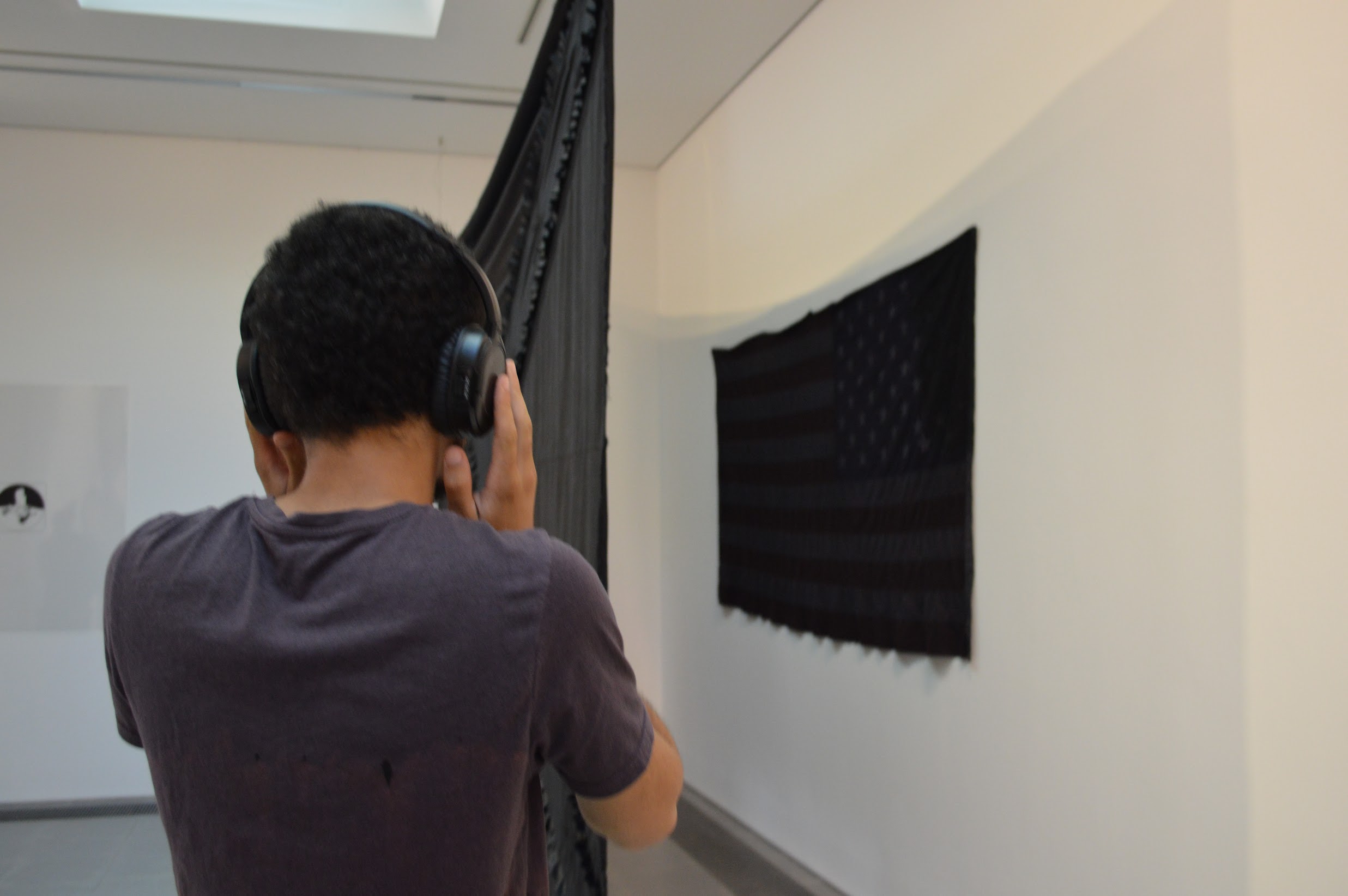
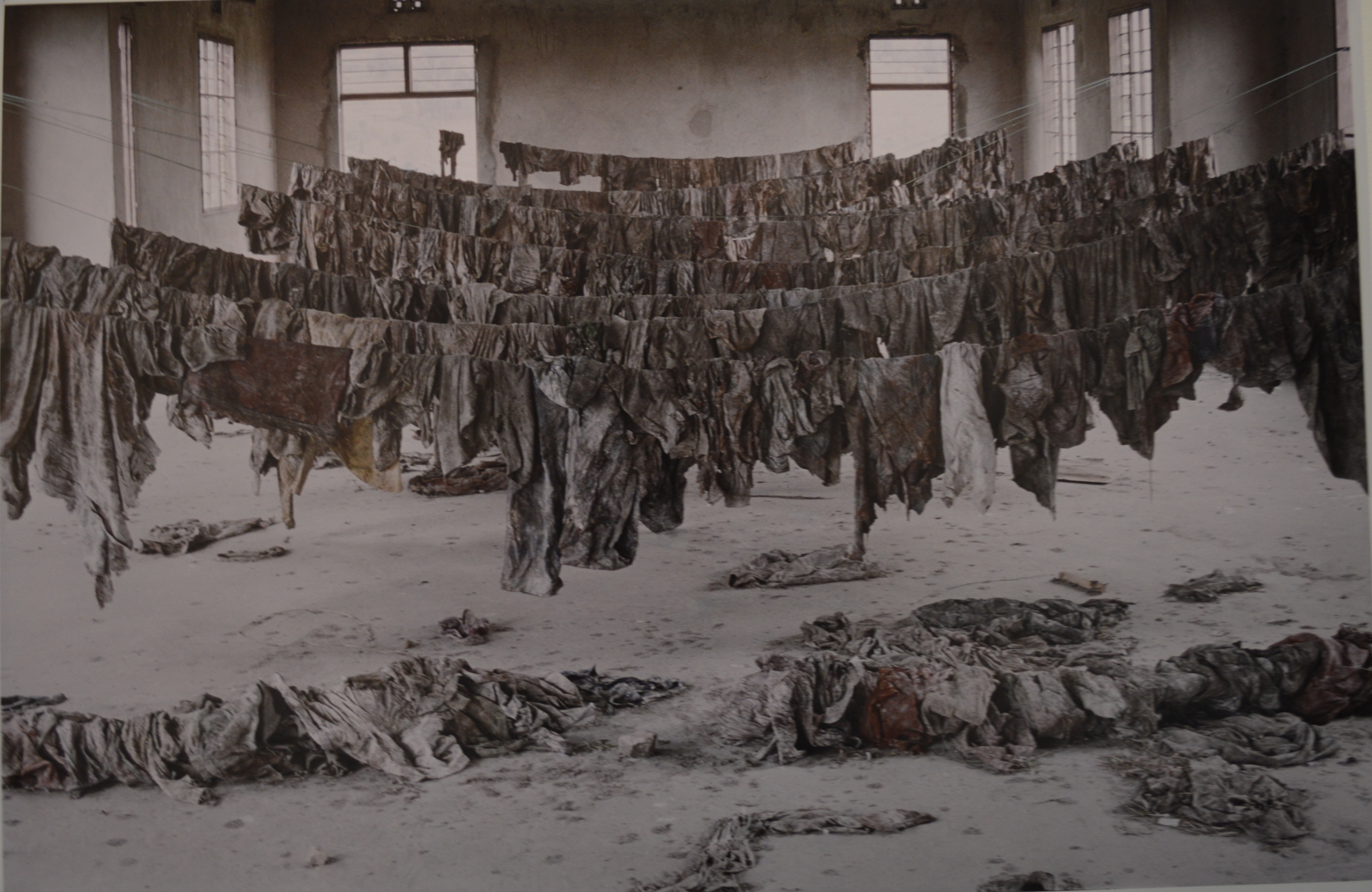
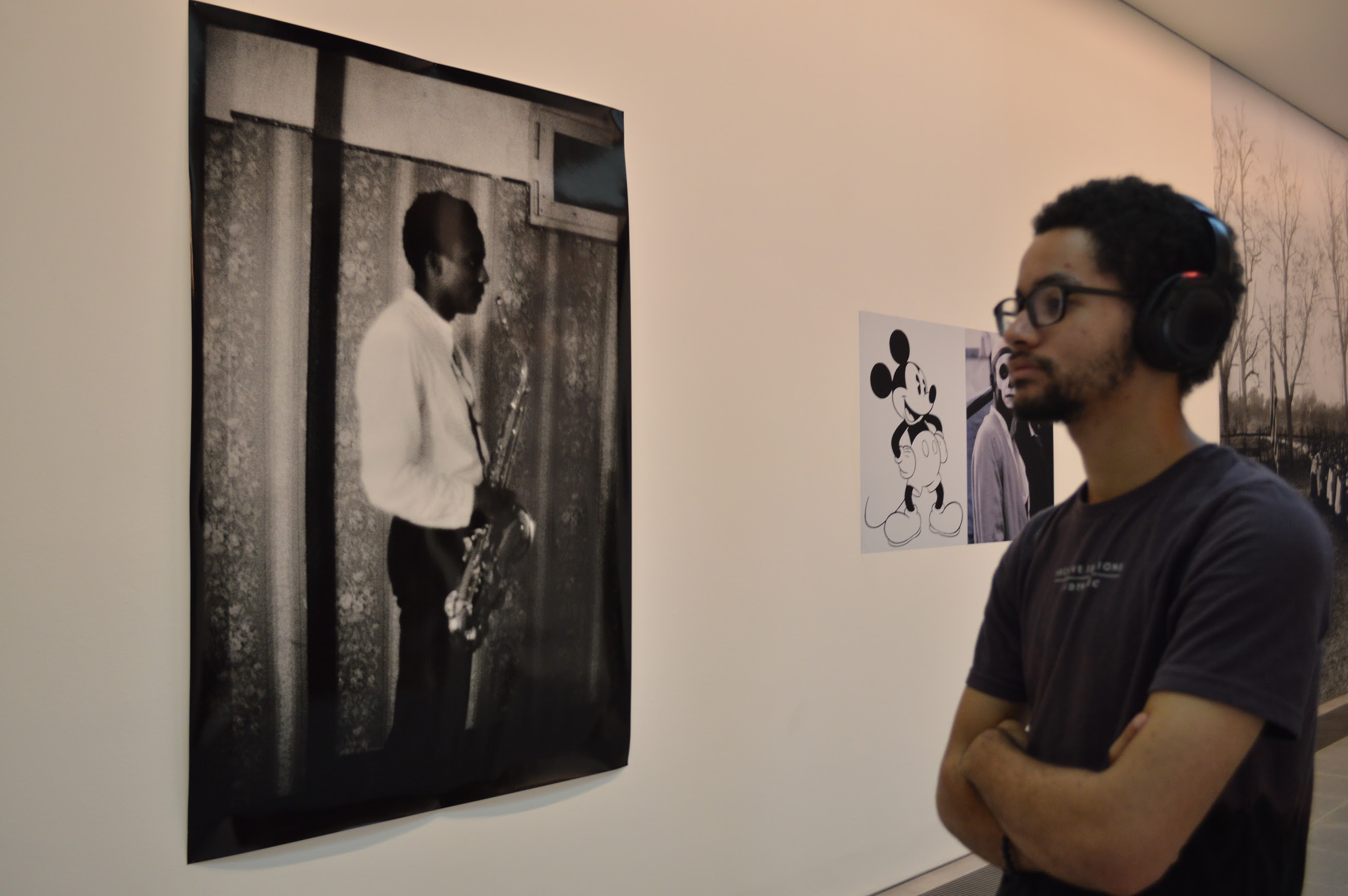
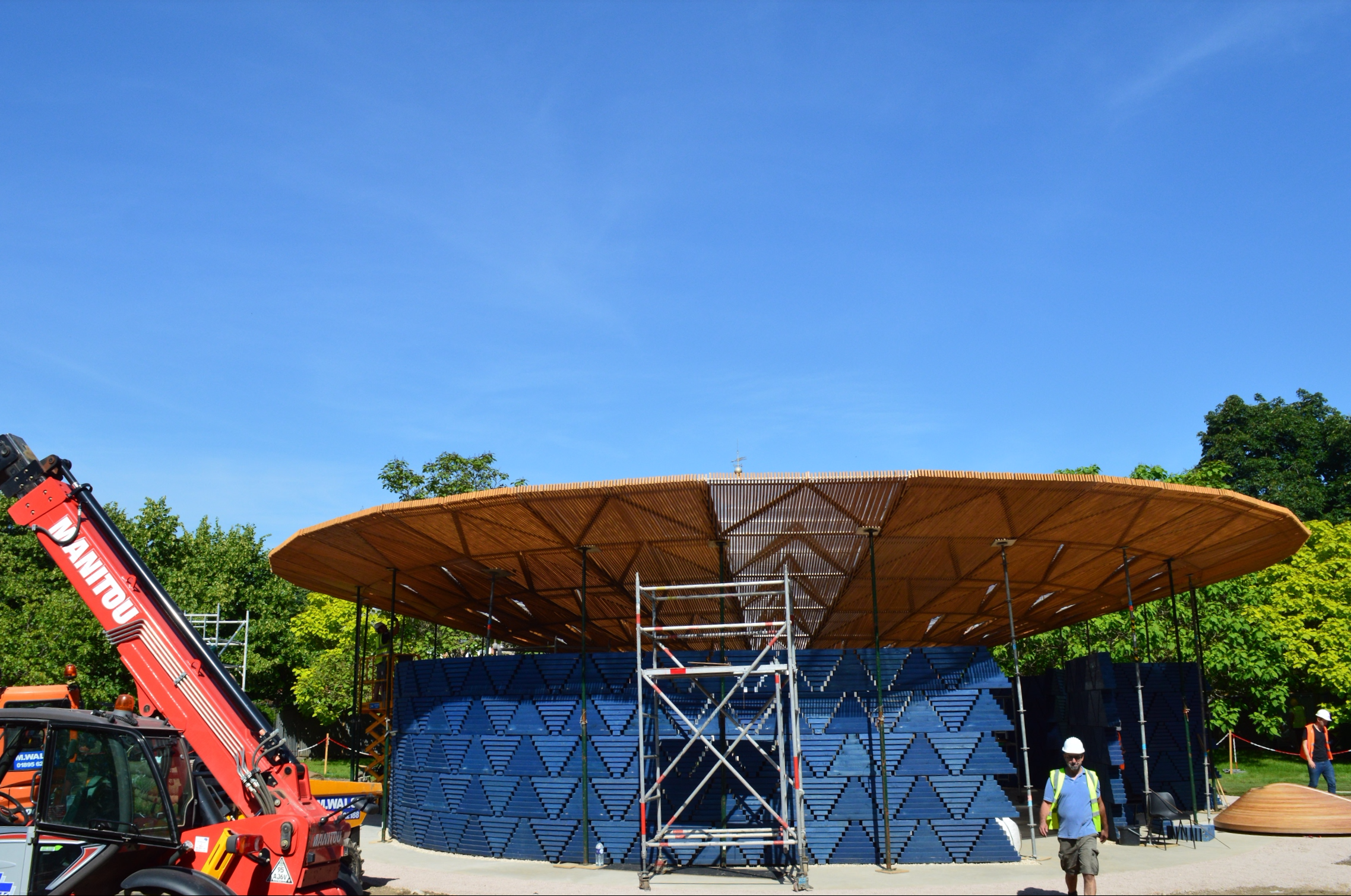
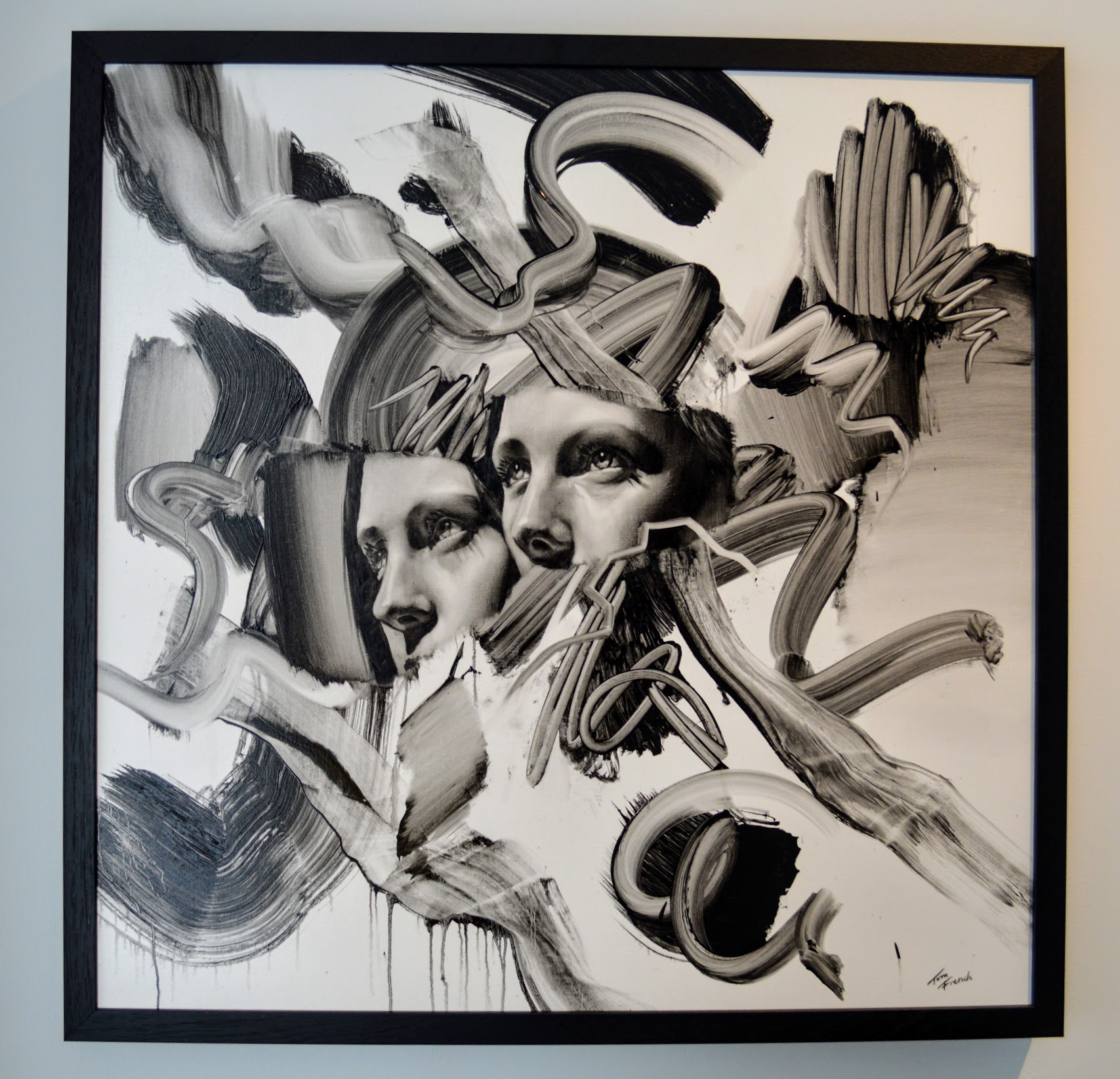
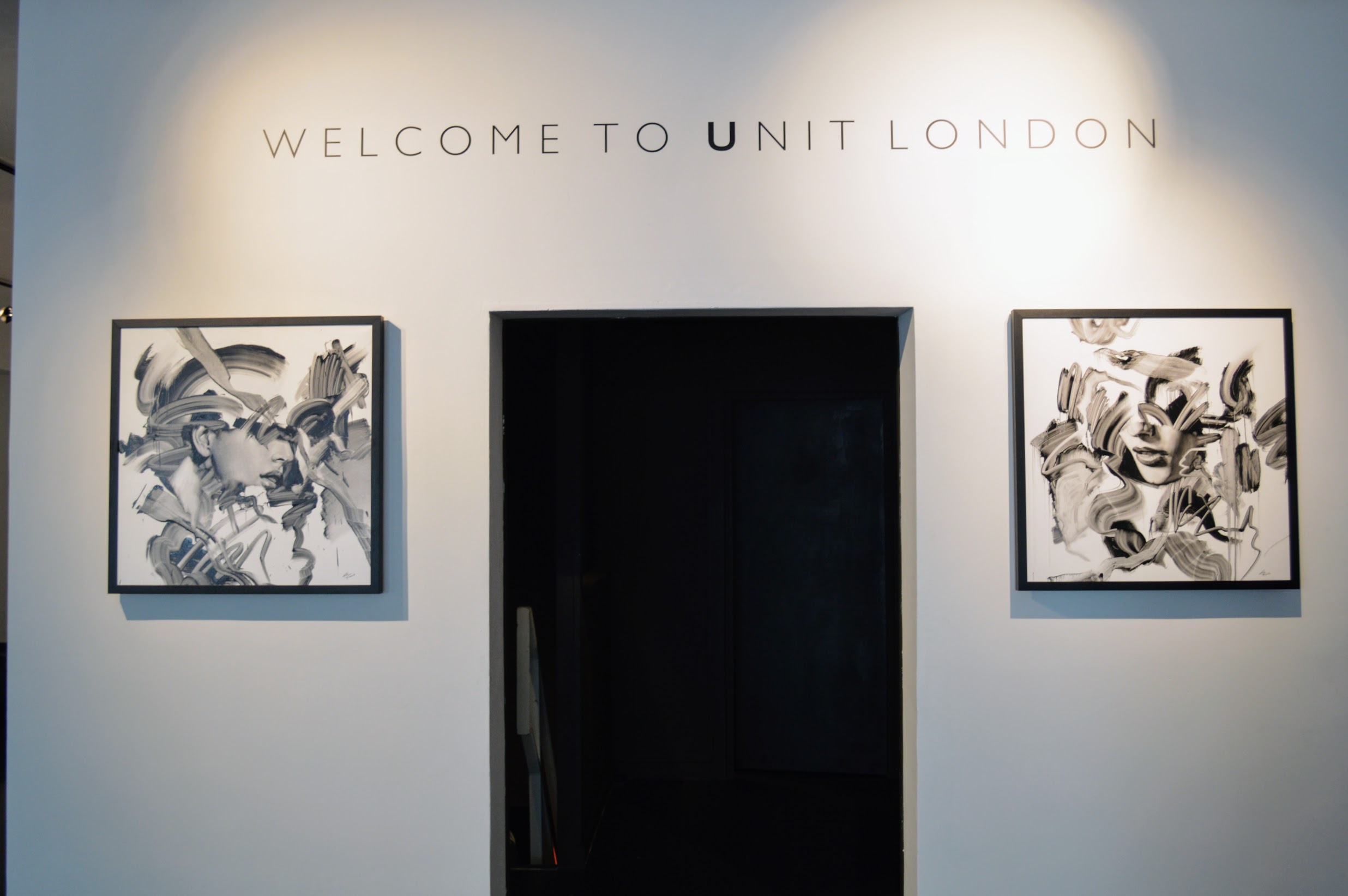
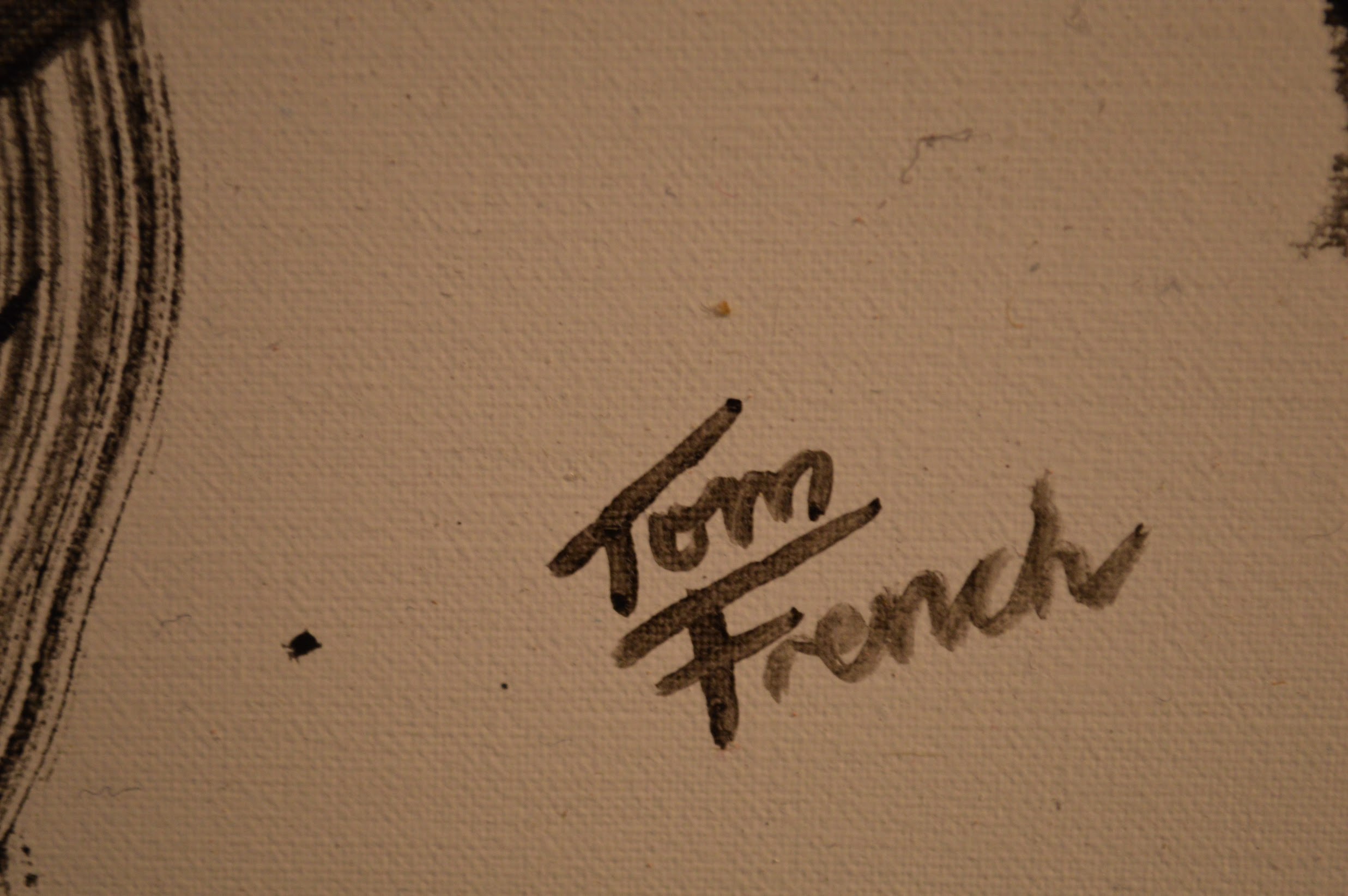
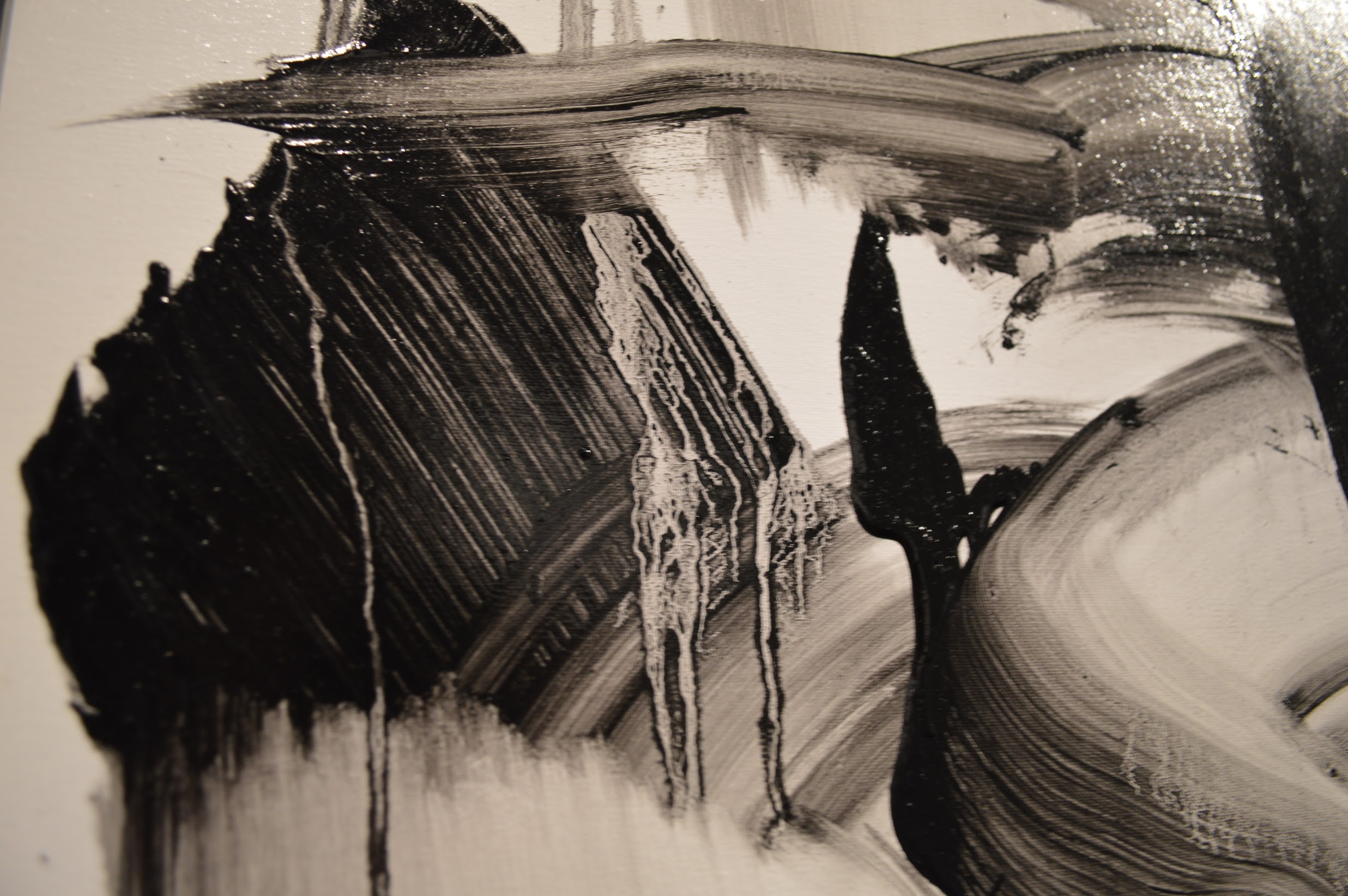
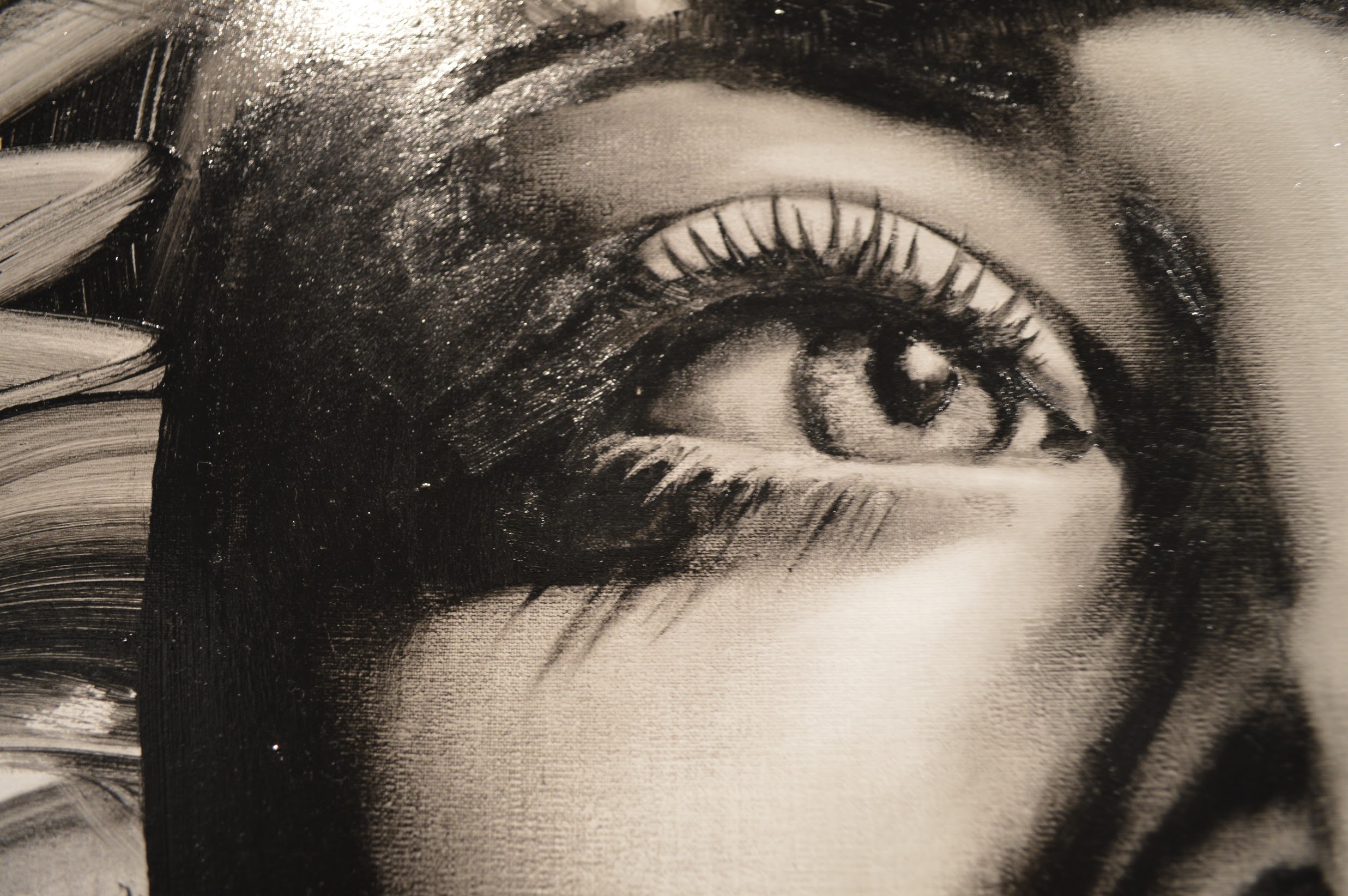
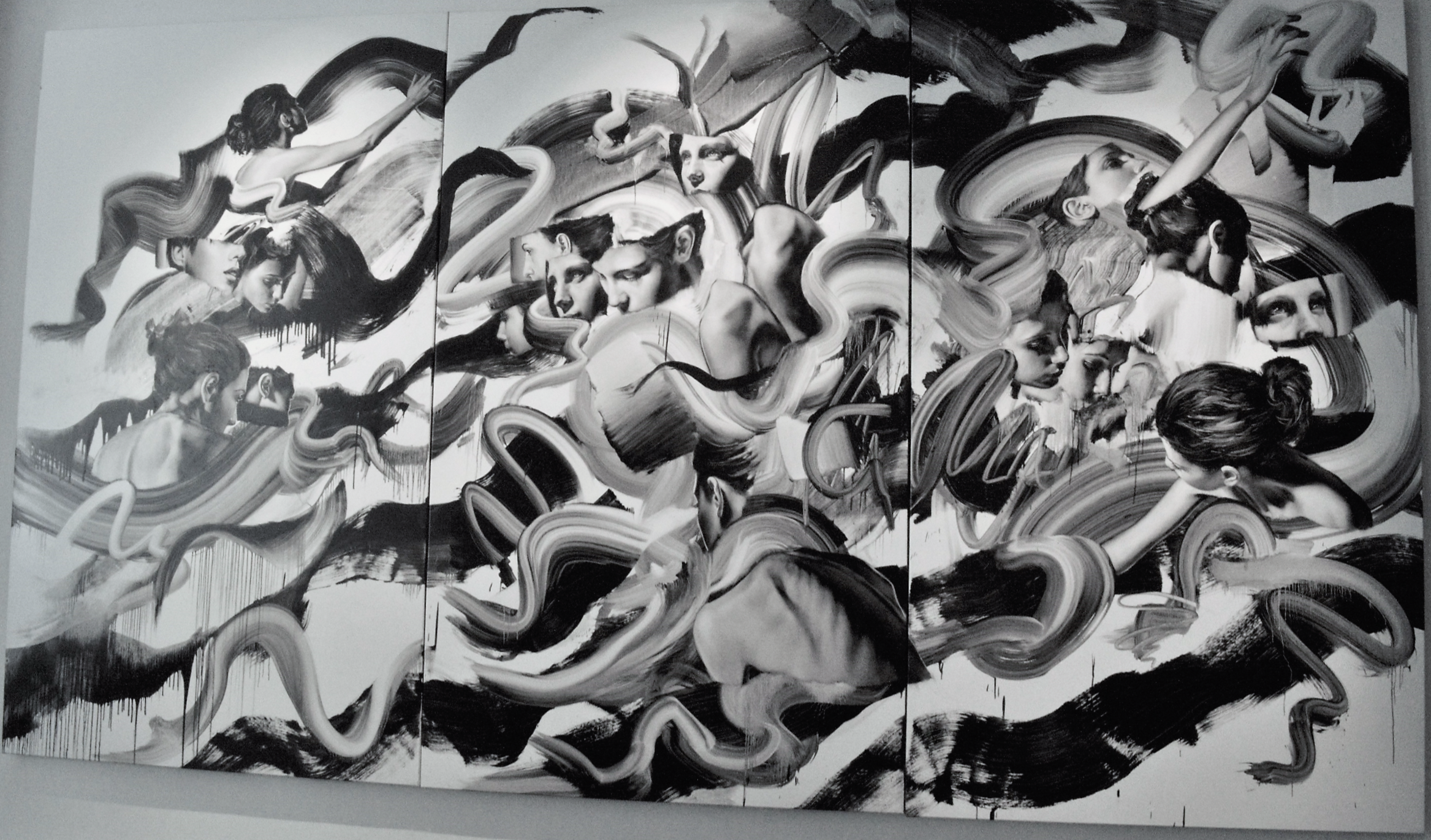
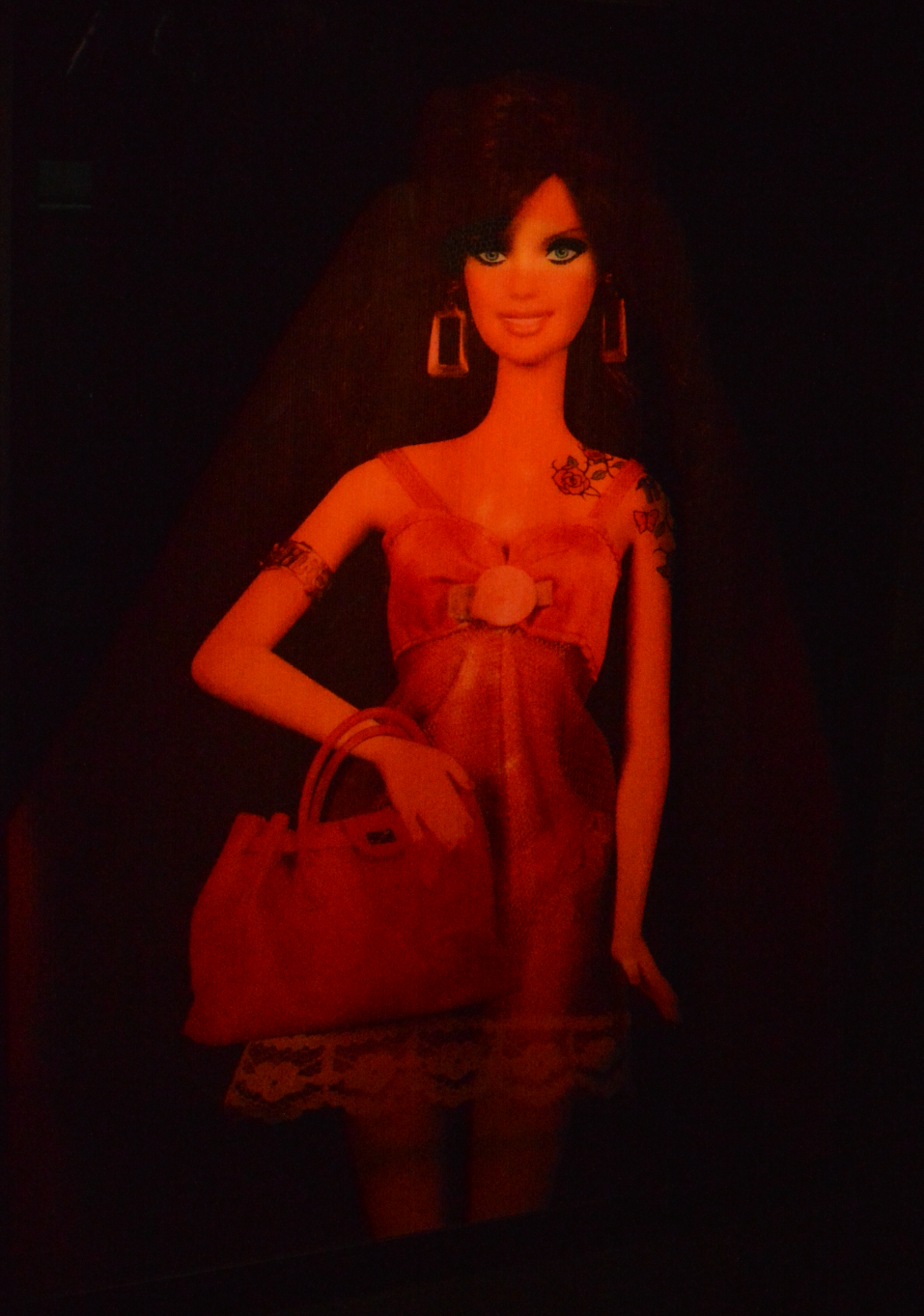
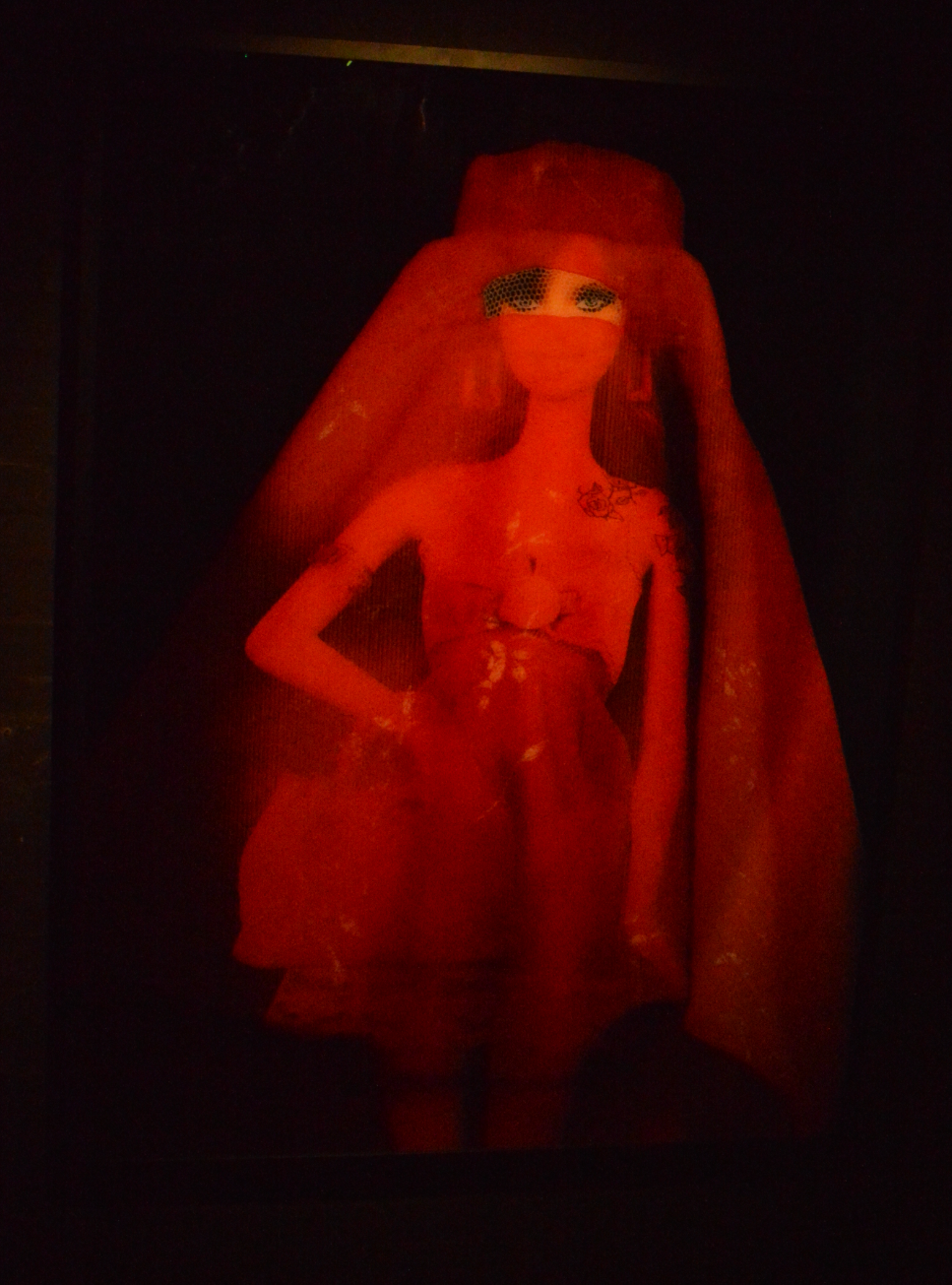
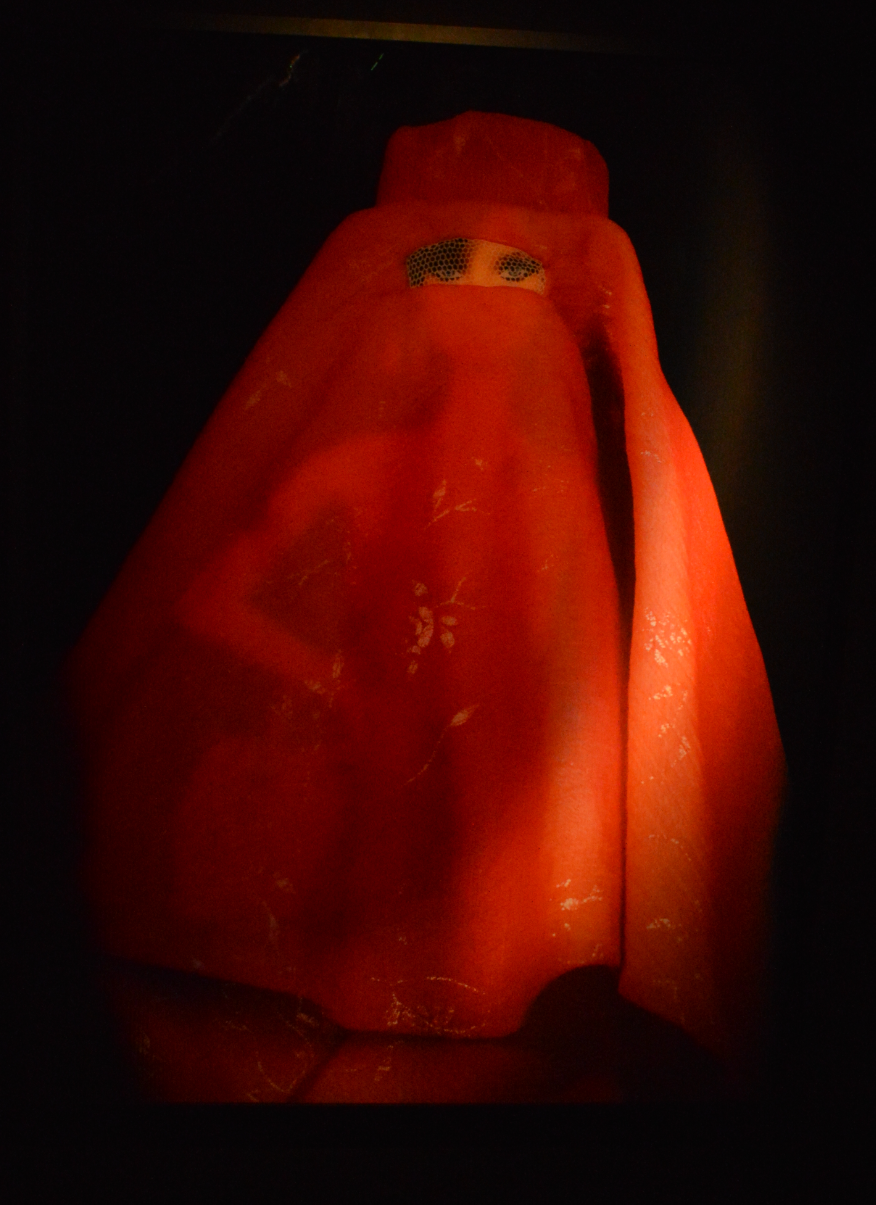
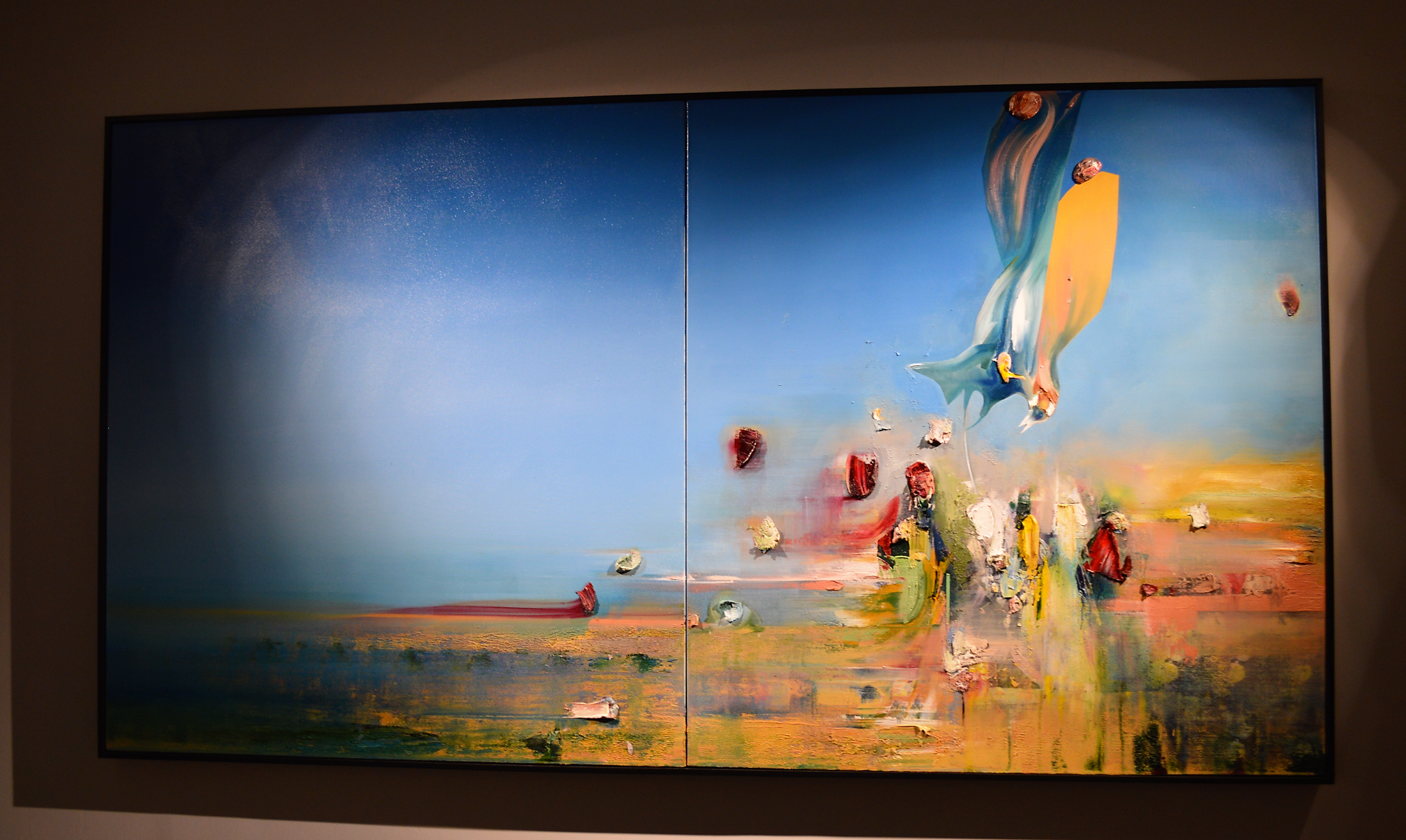
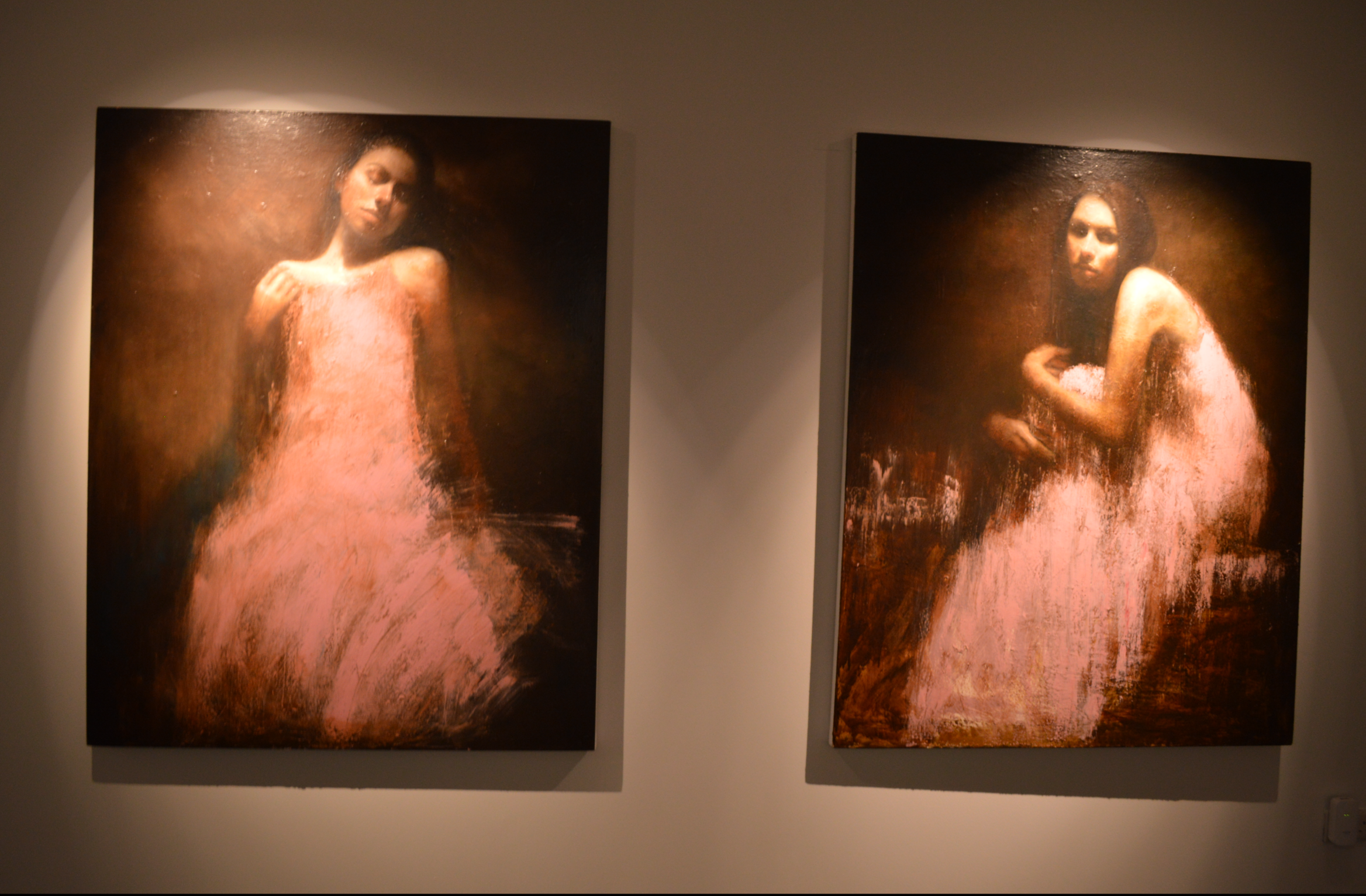
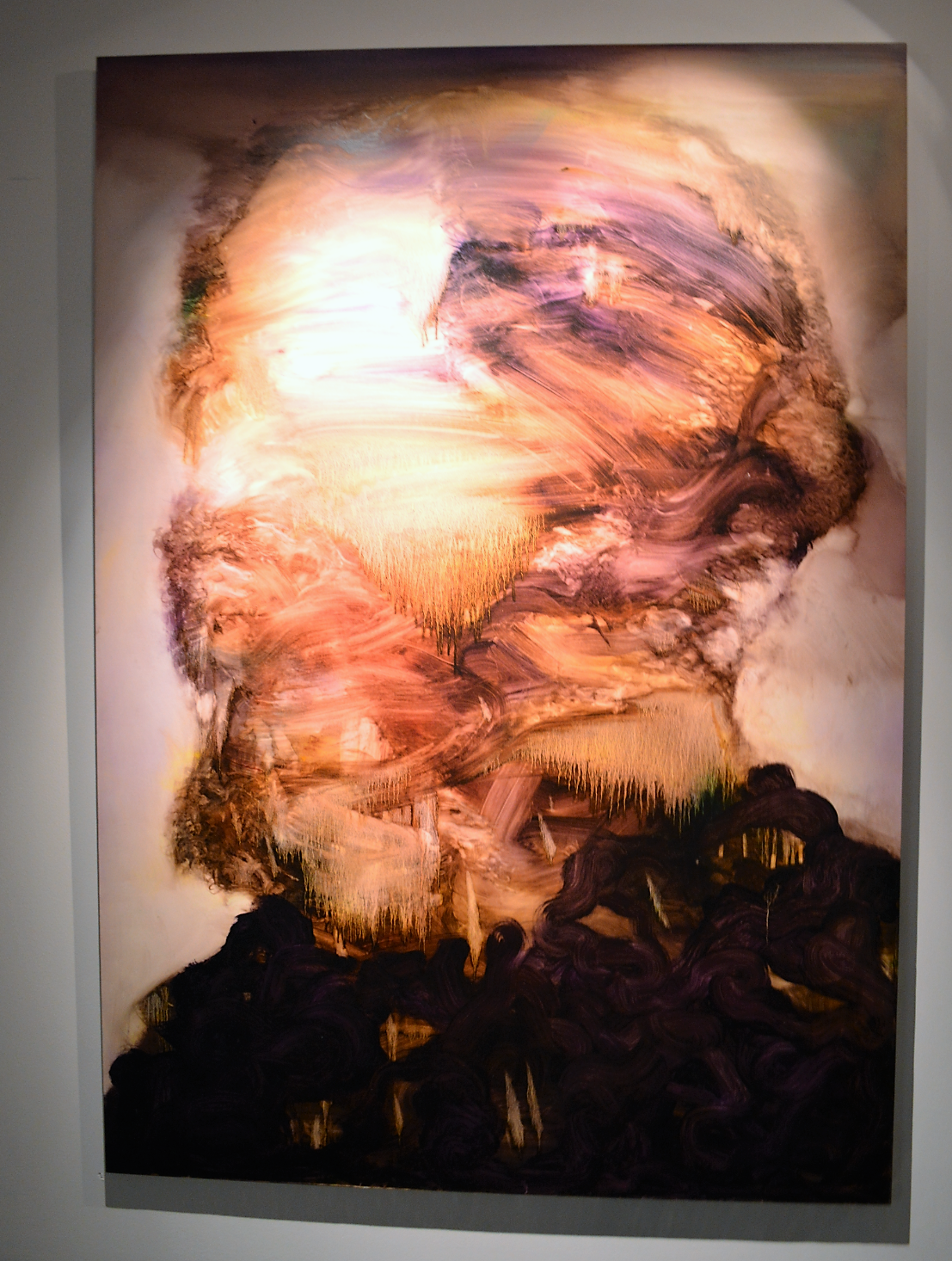
Post a Comment for "Avant Garde Meaning in Art and How Does It Relate to Impressionism and Post Impressionism"